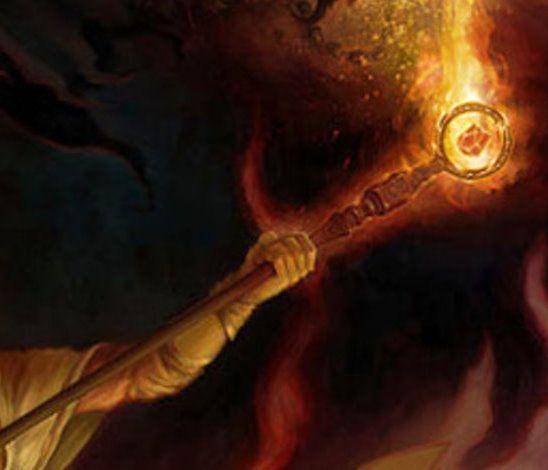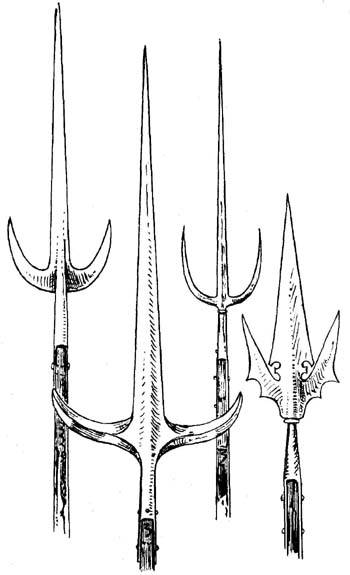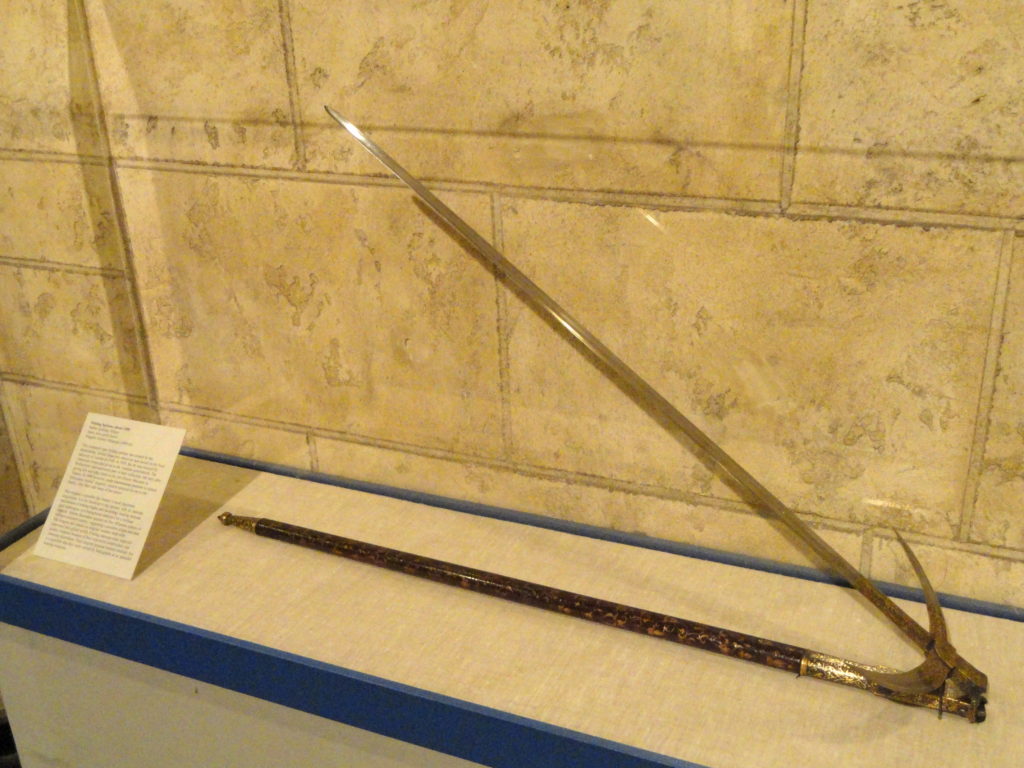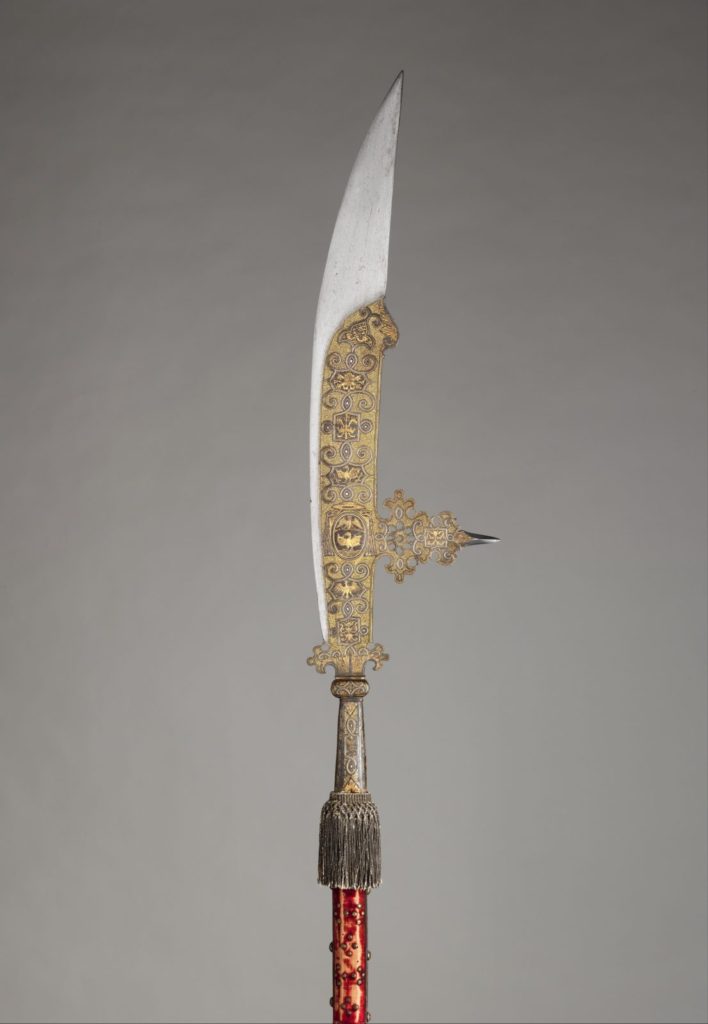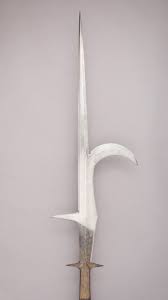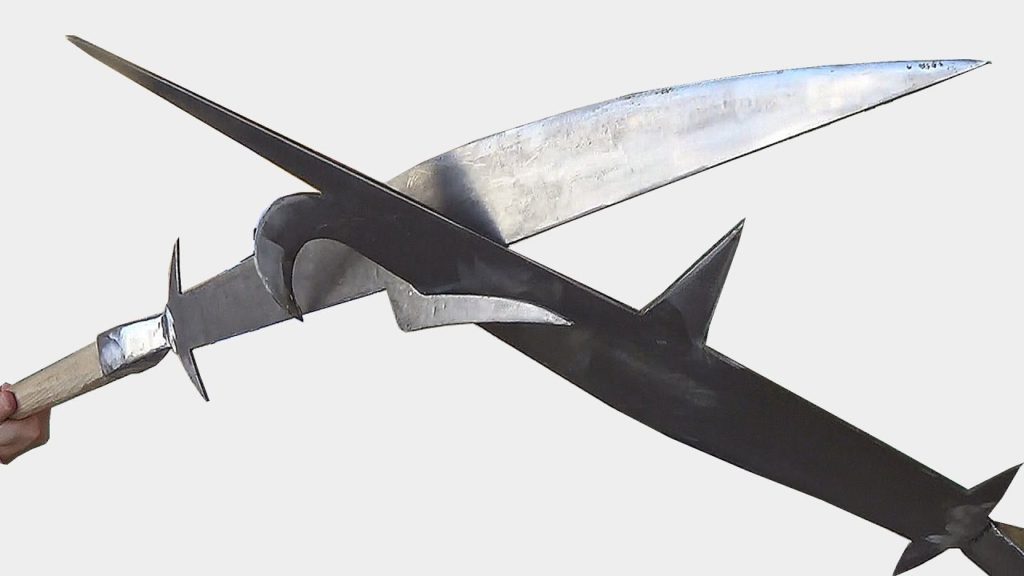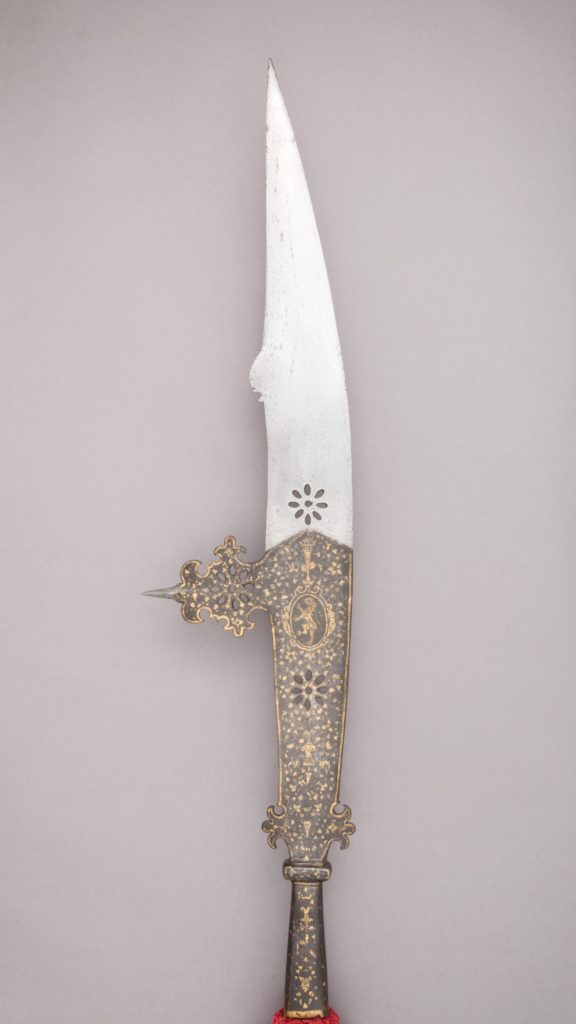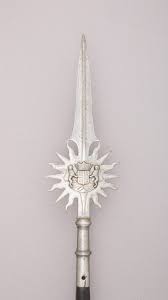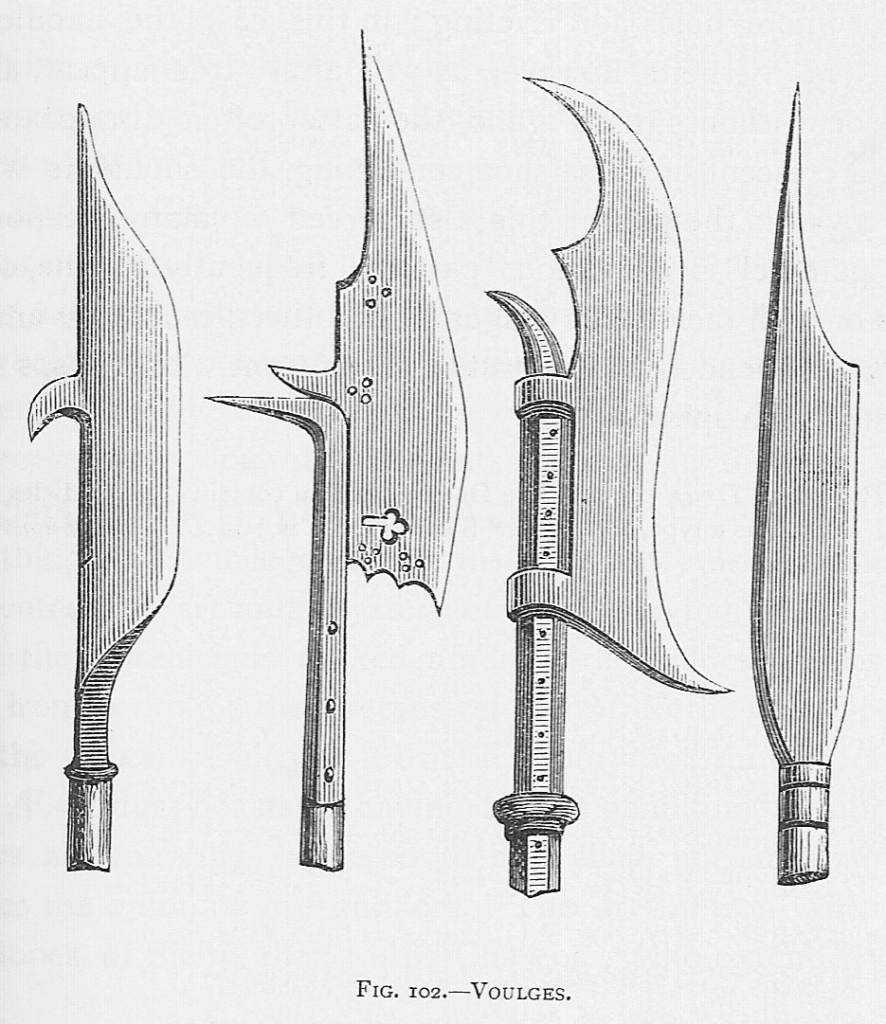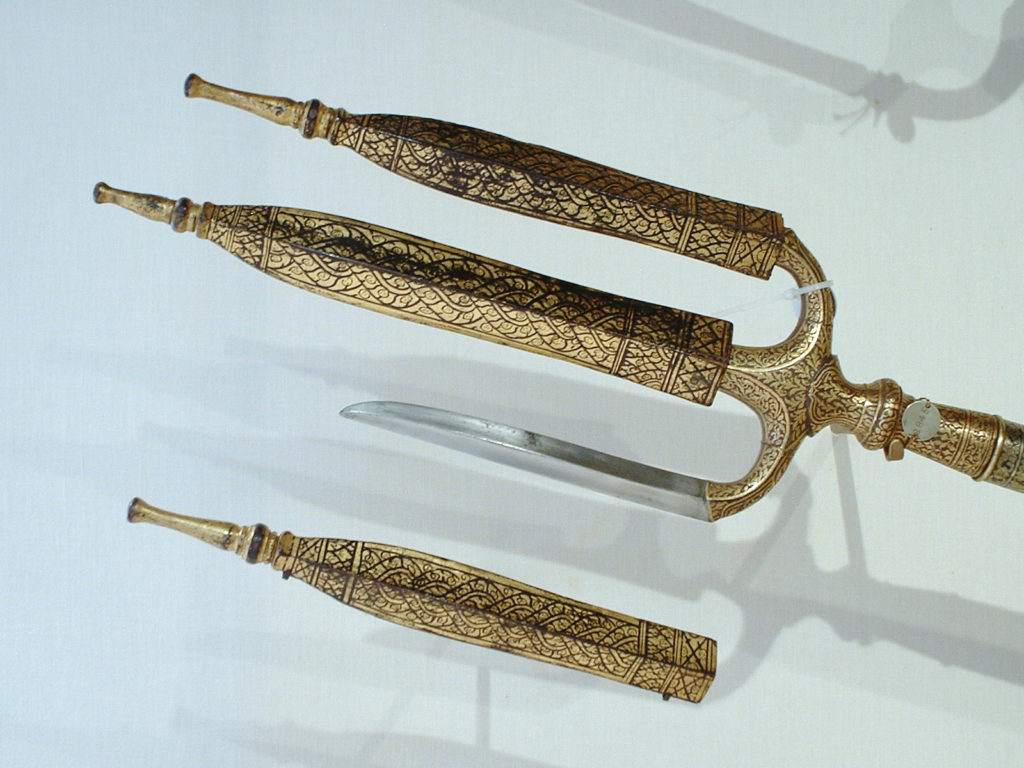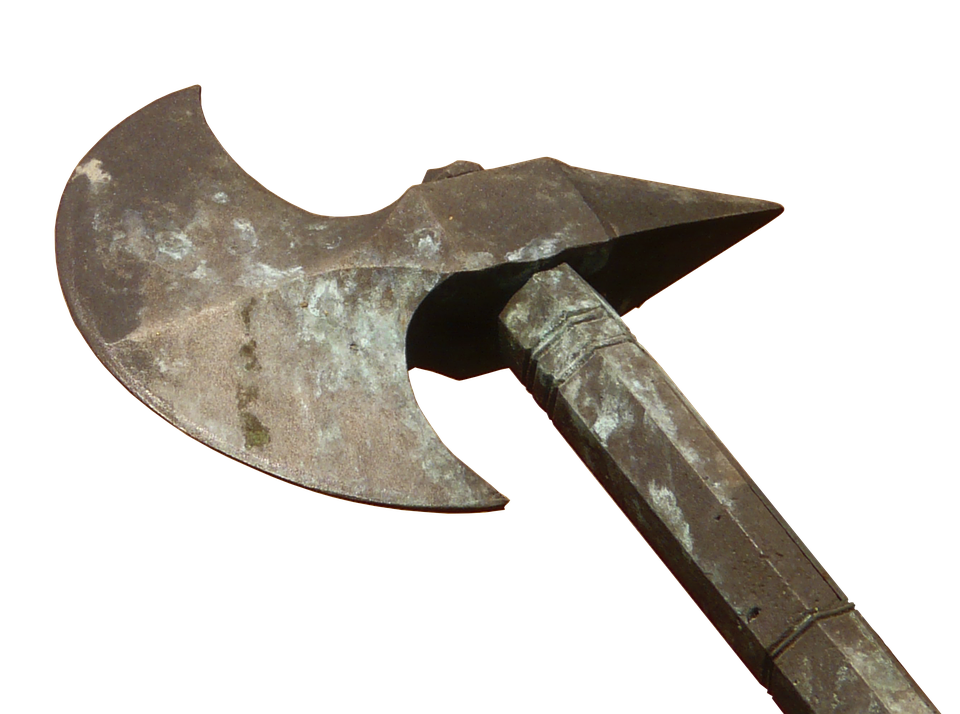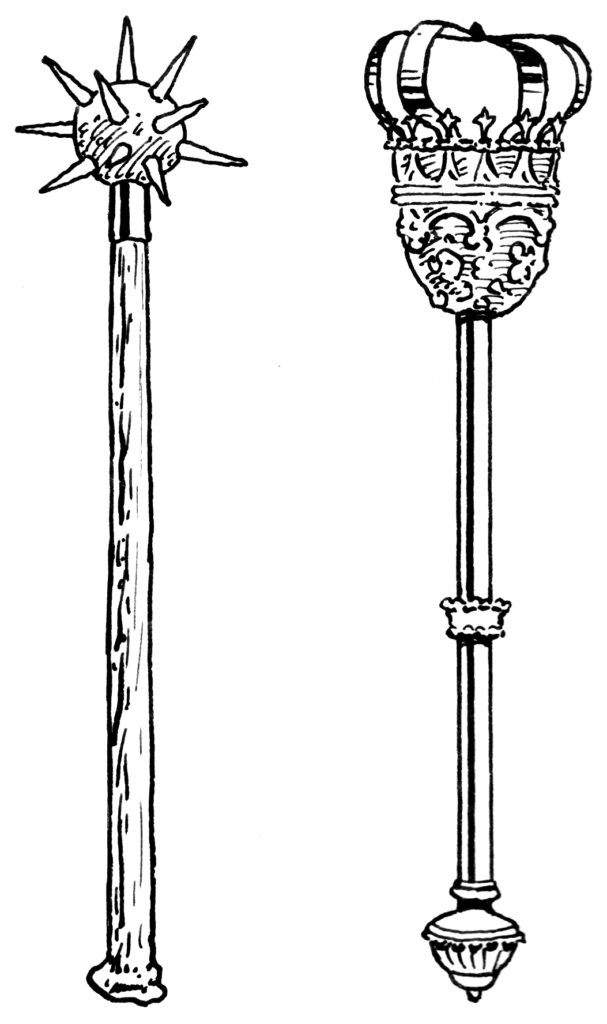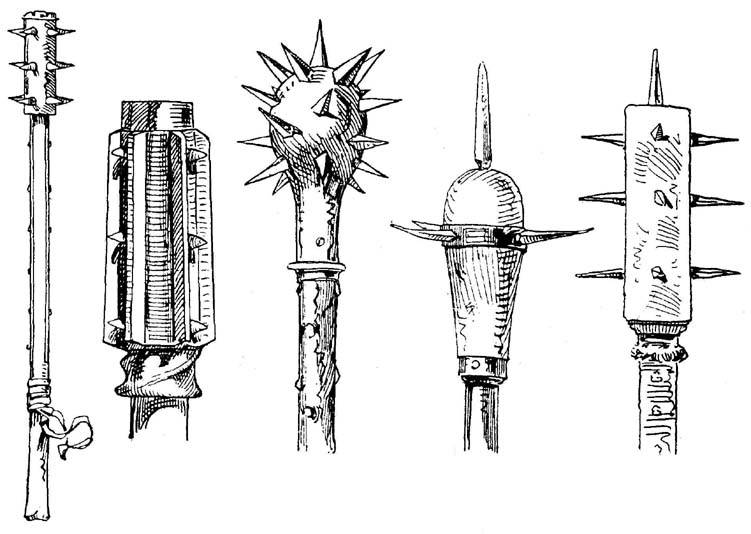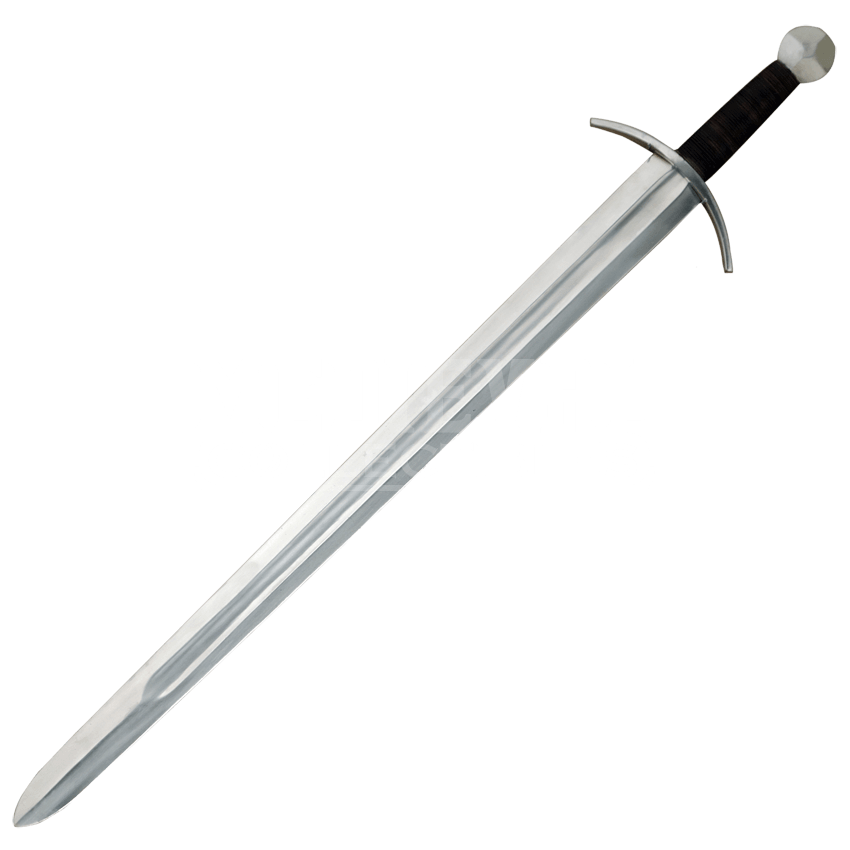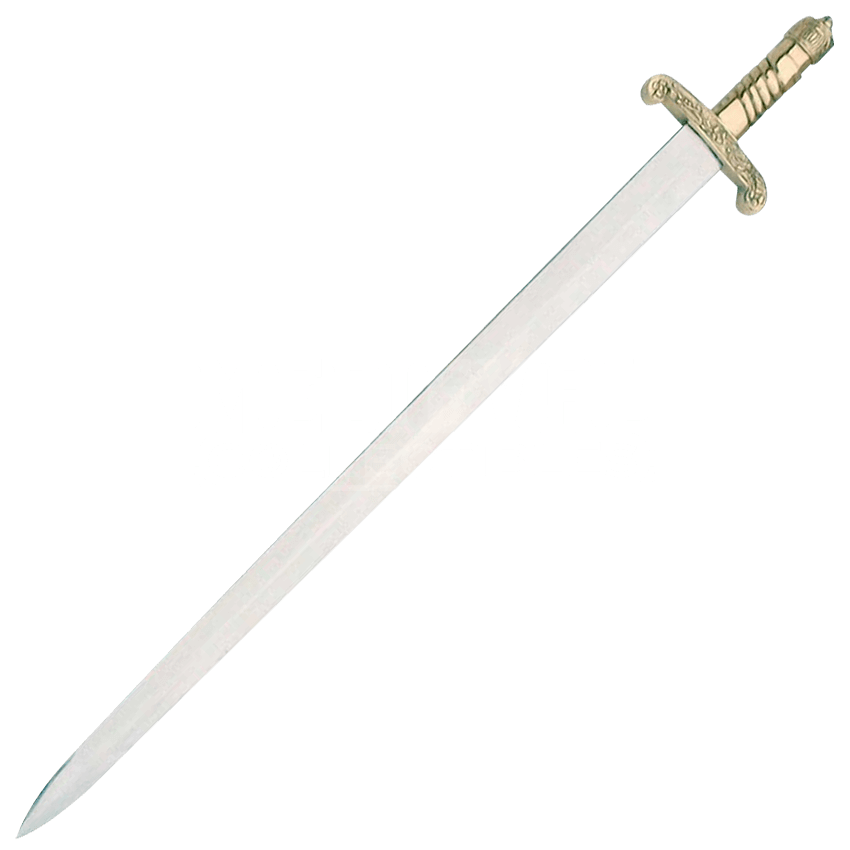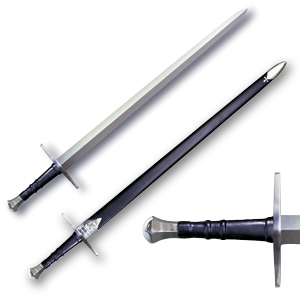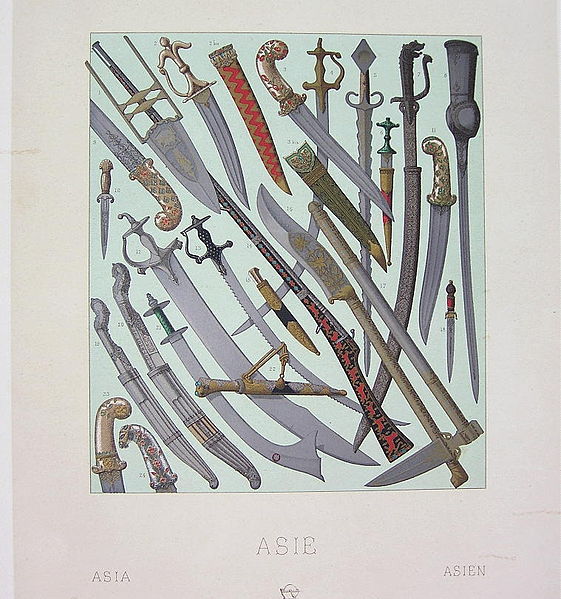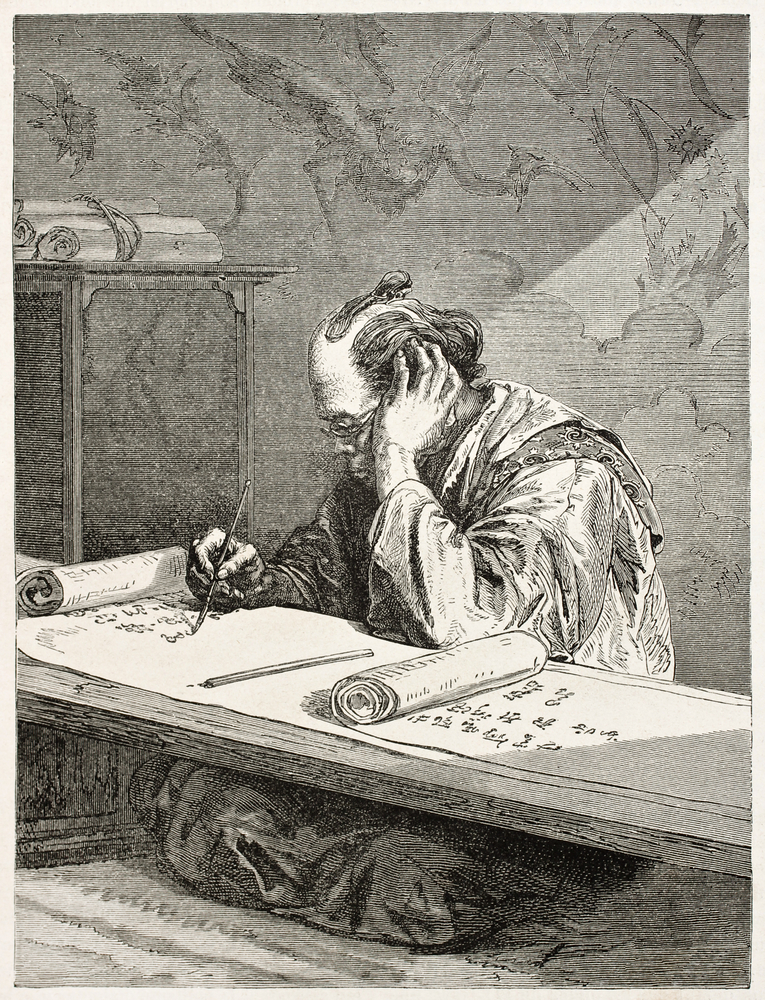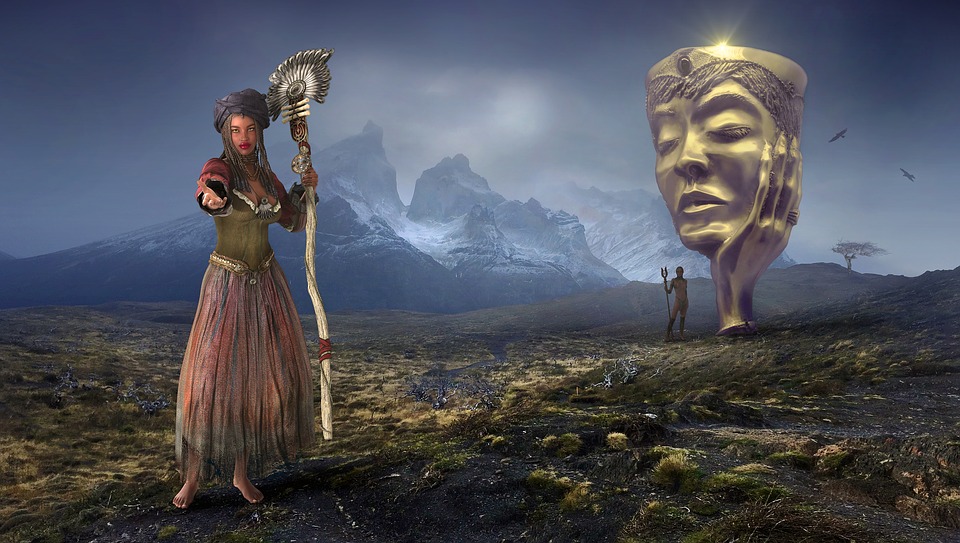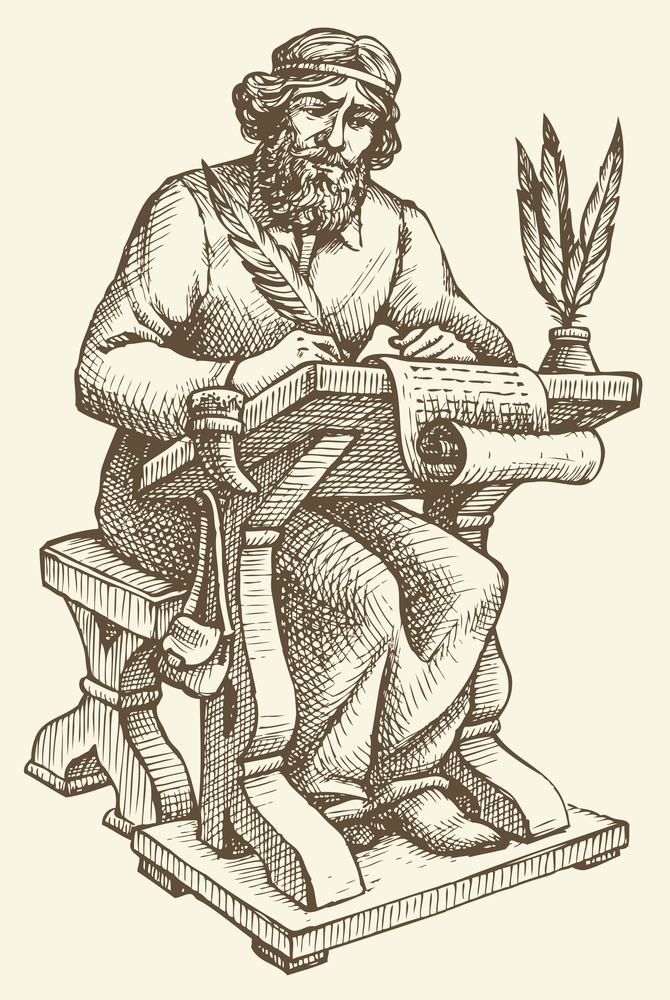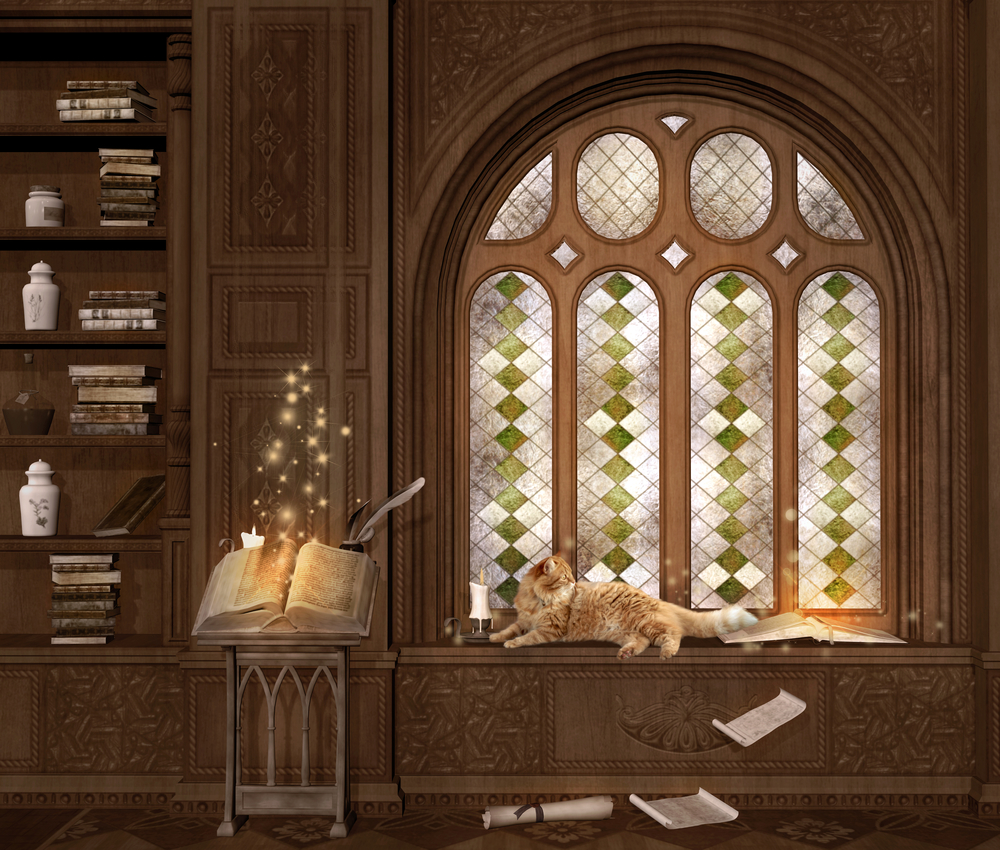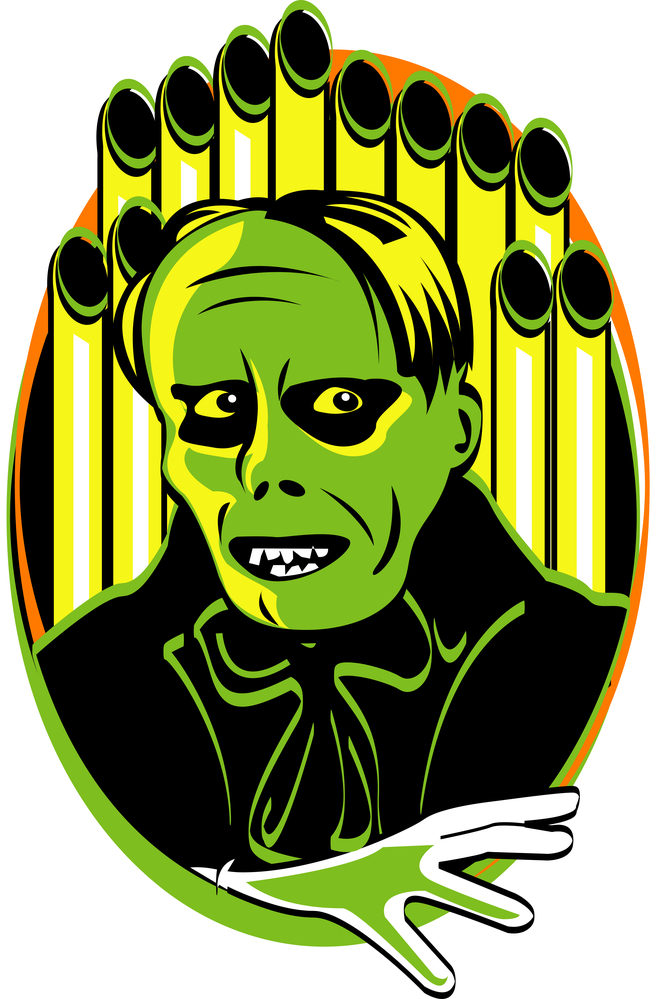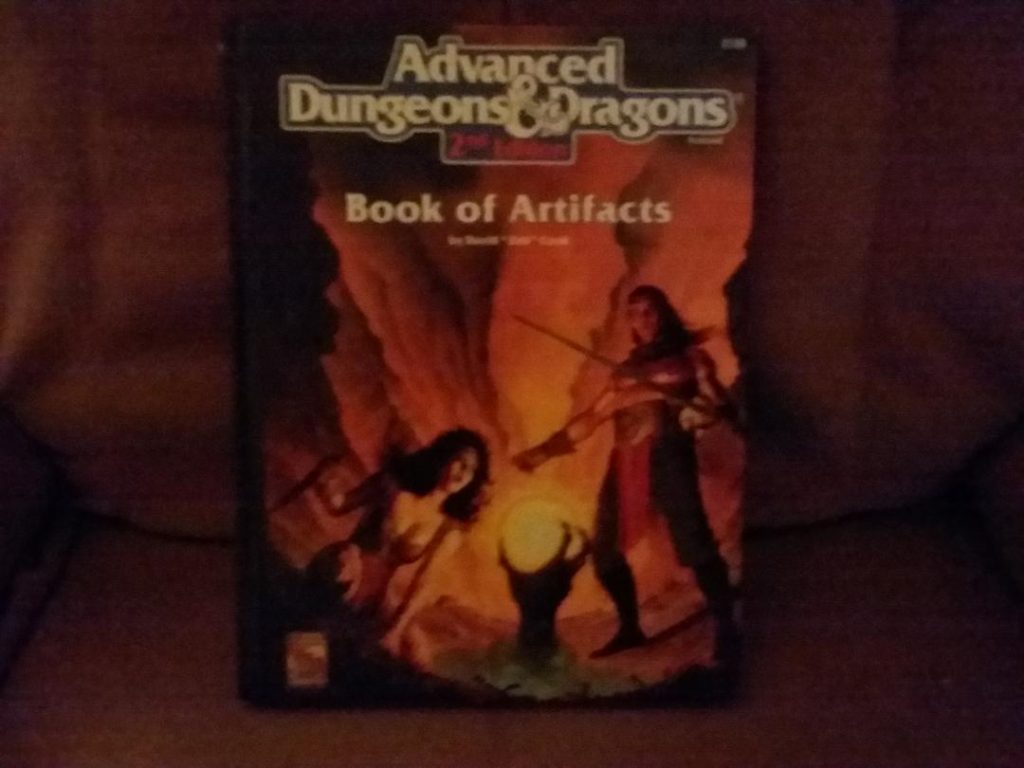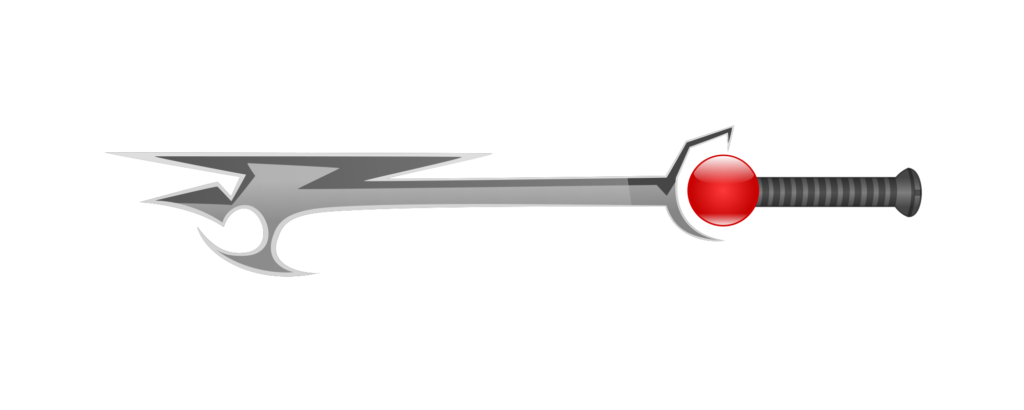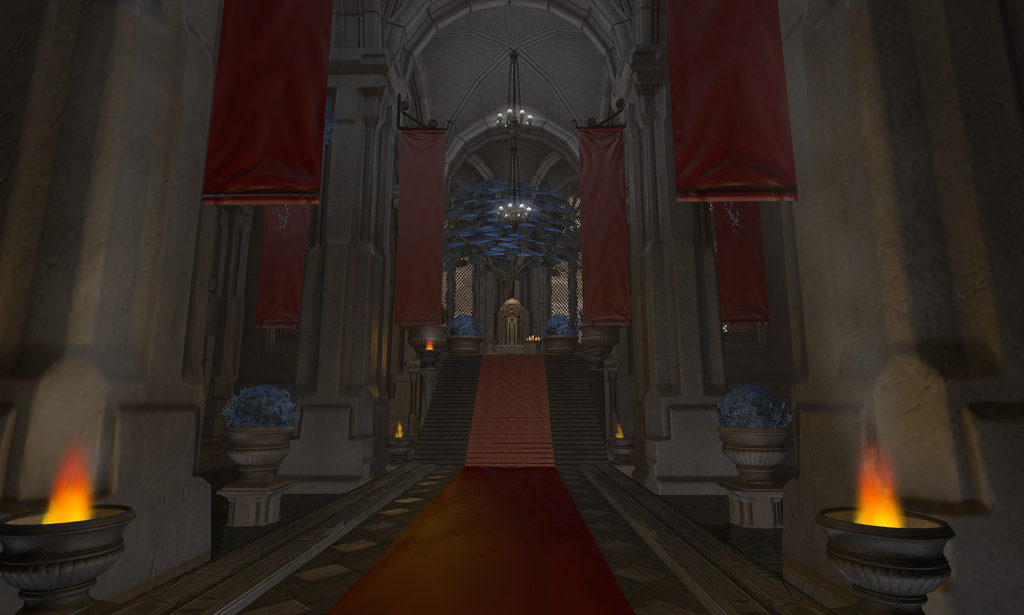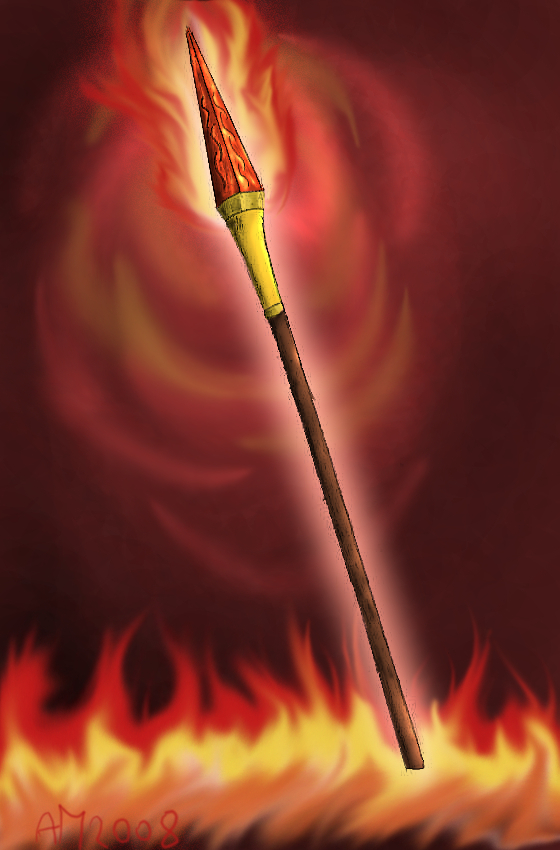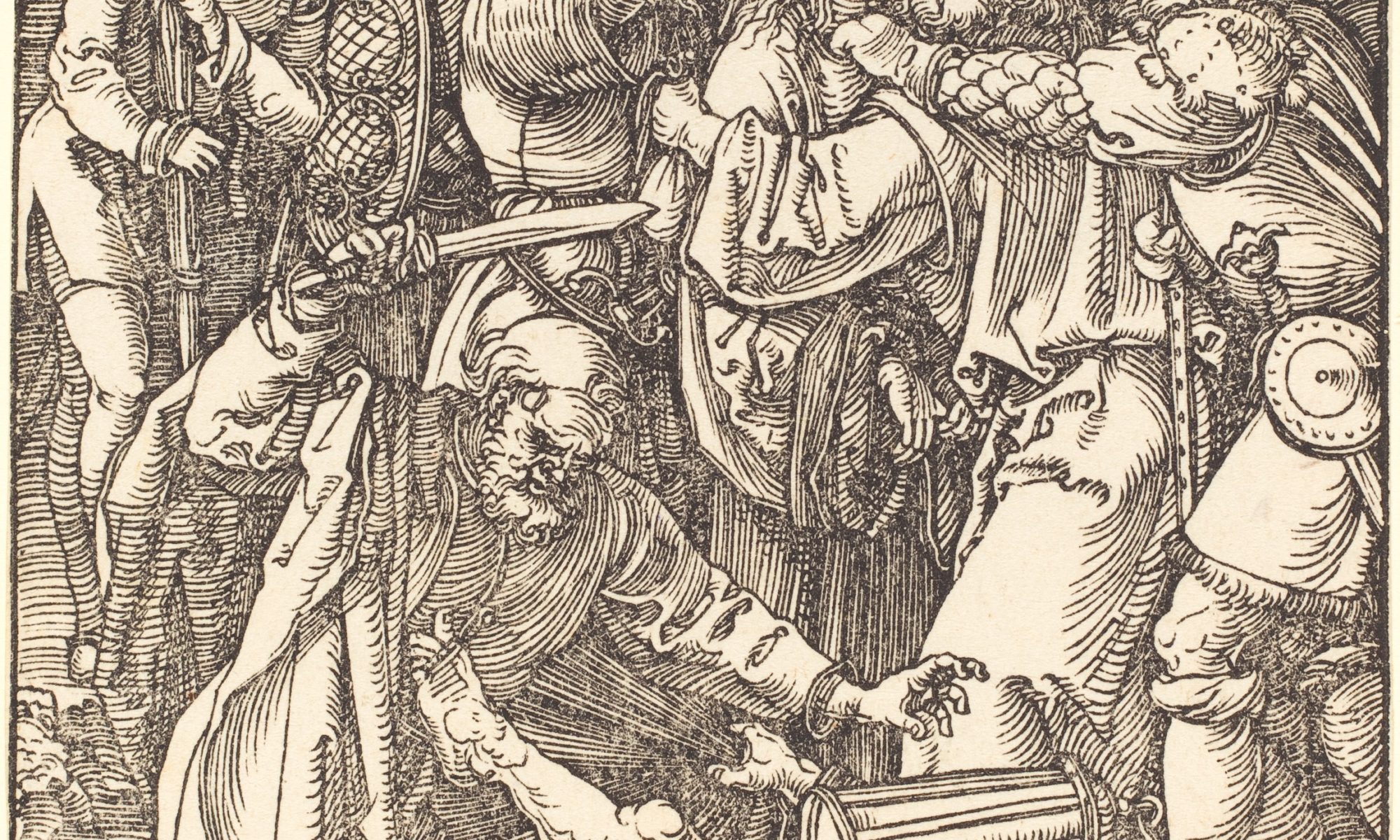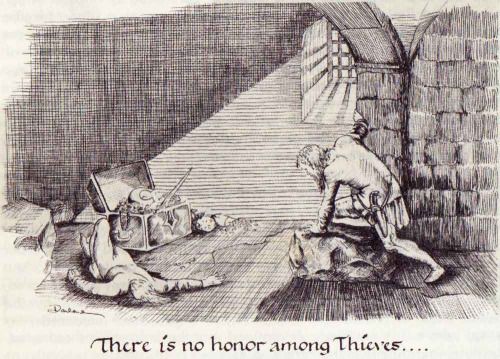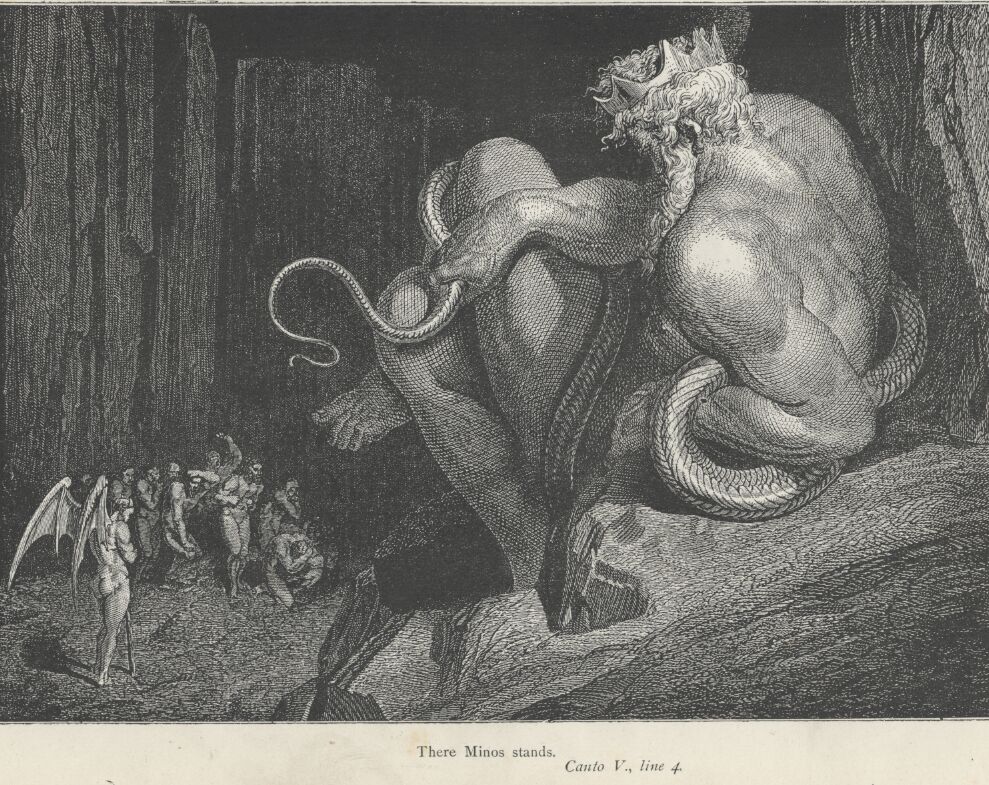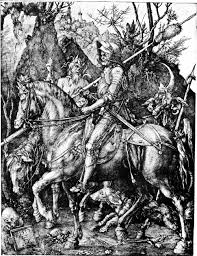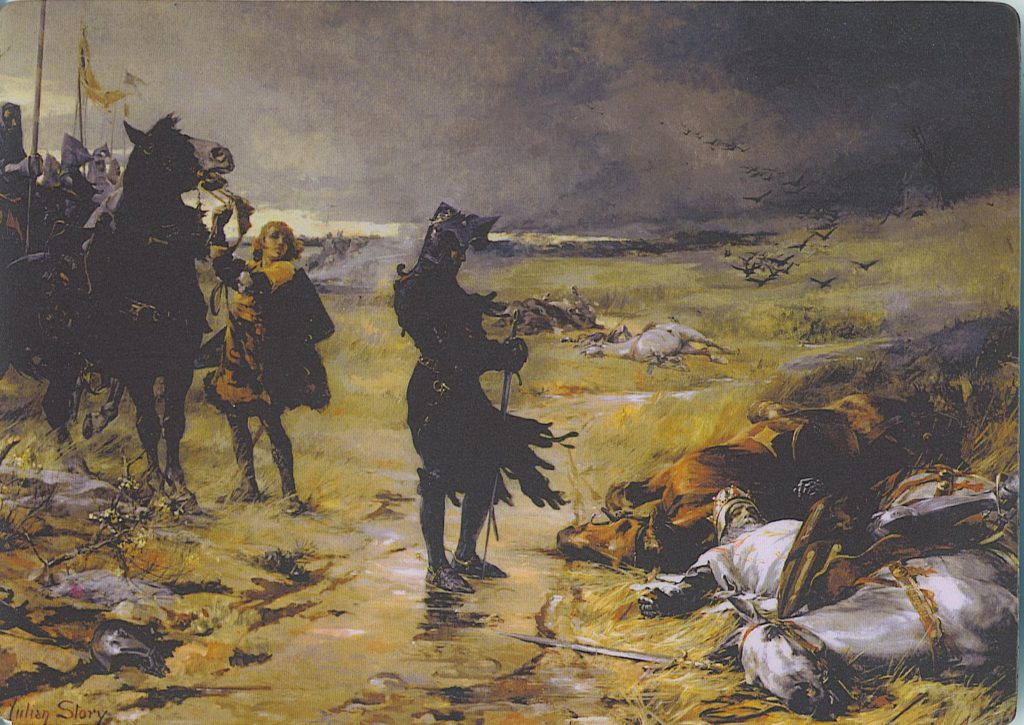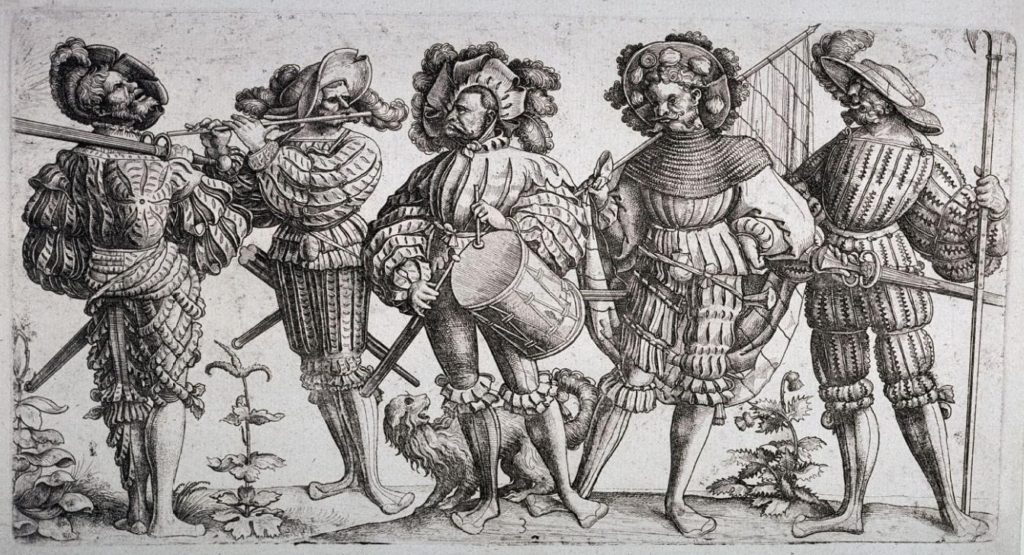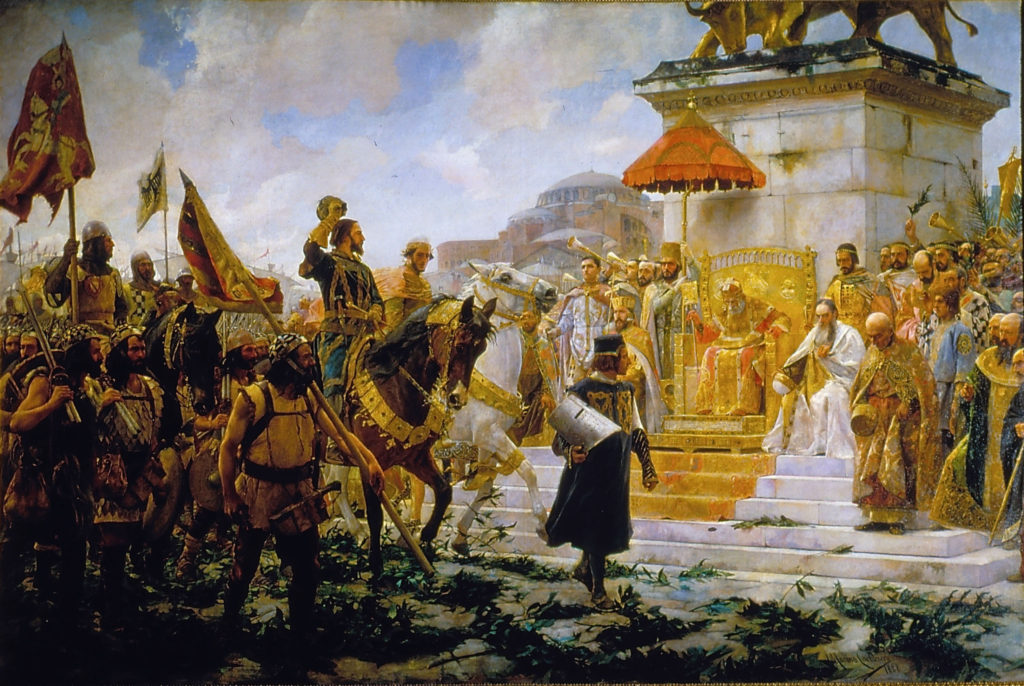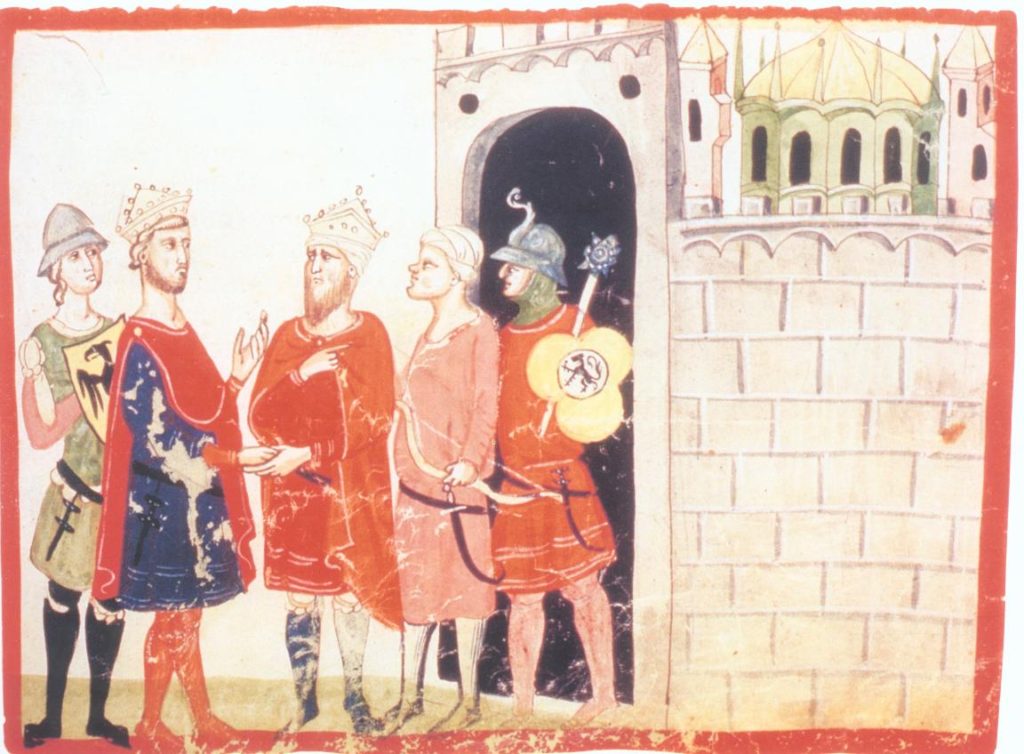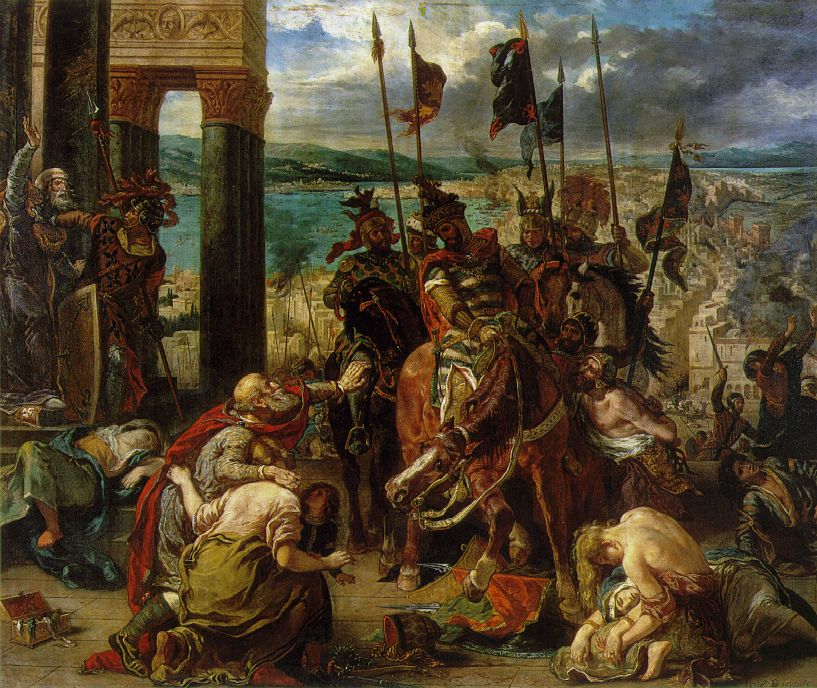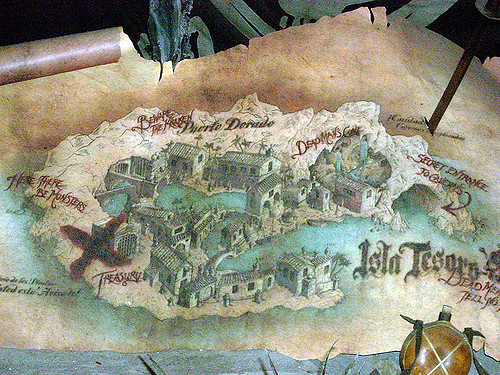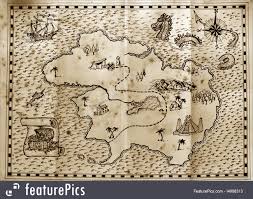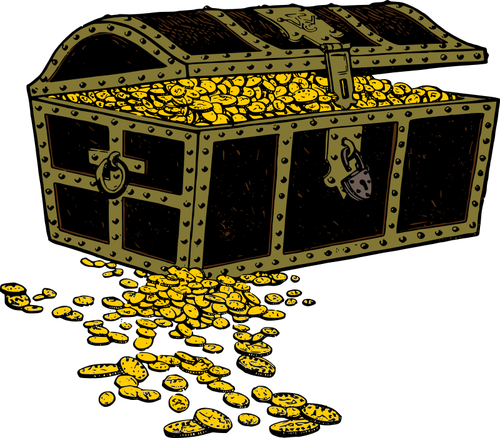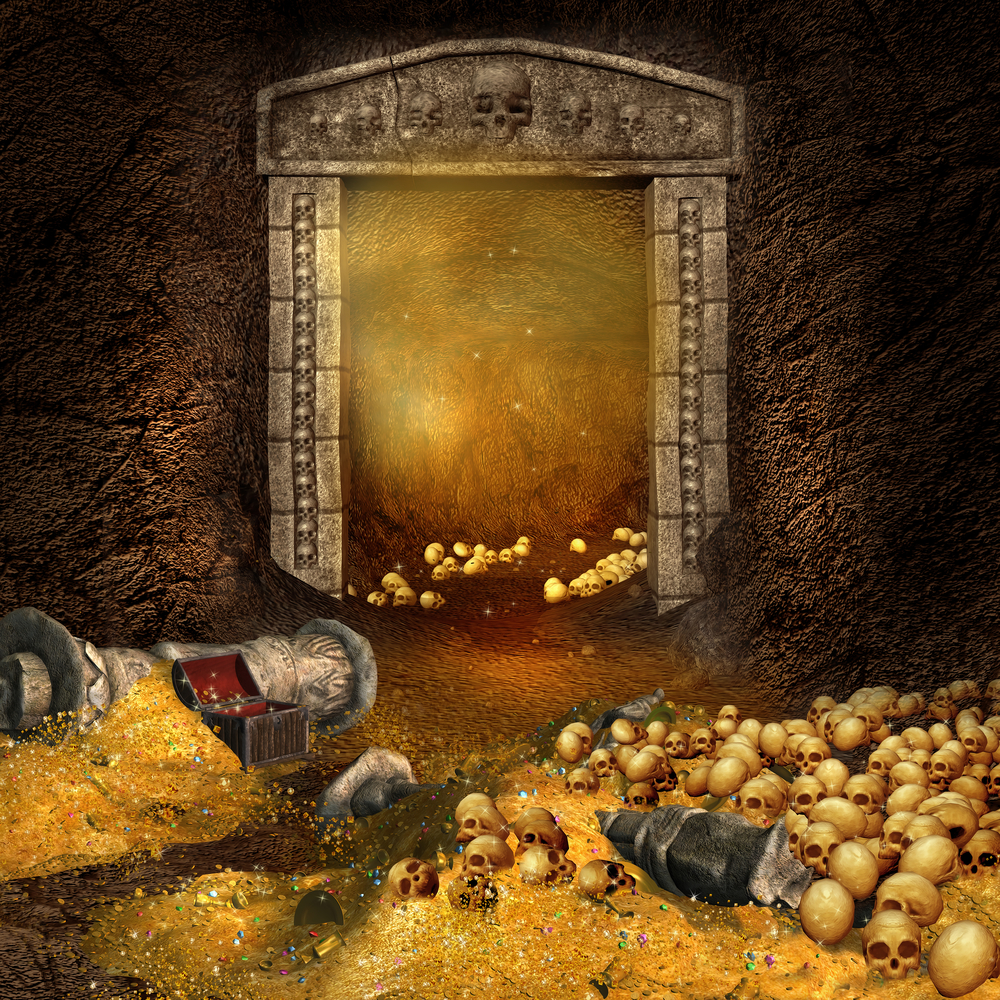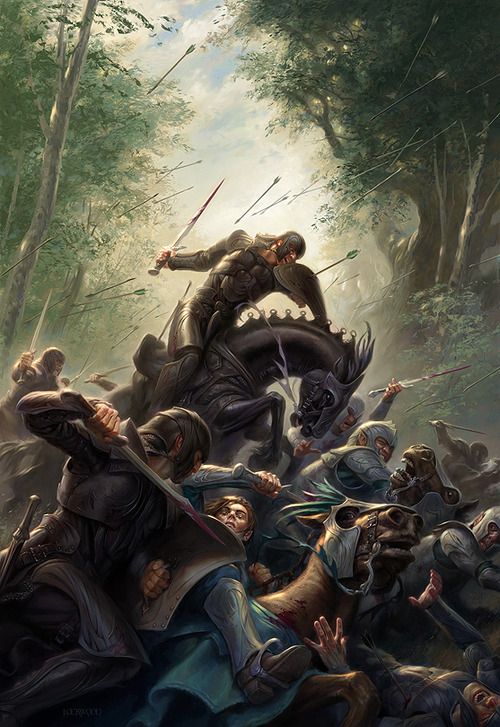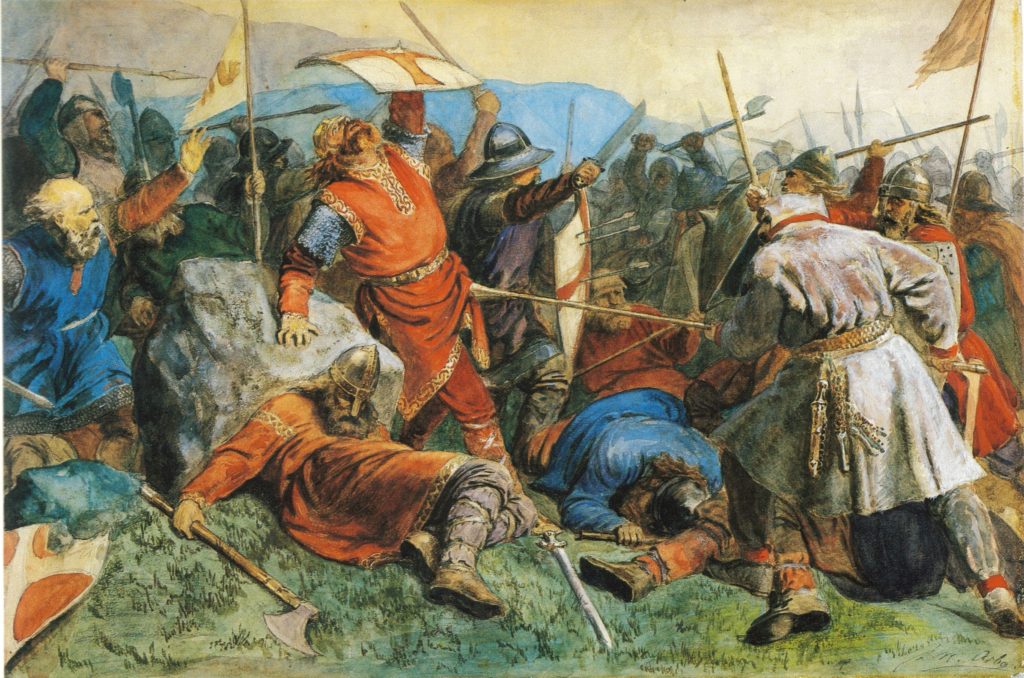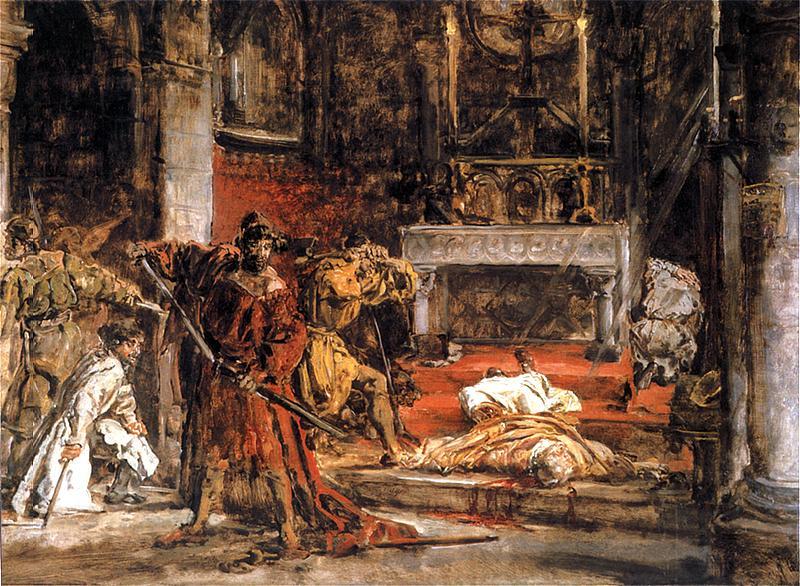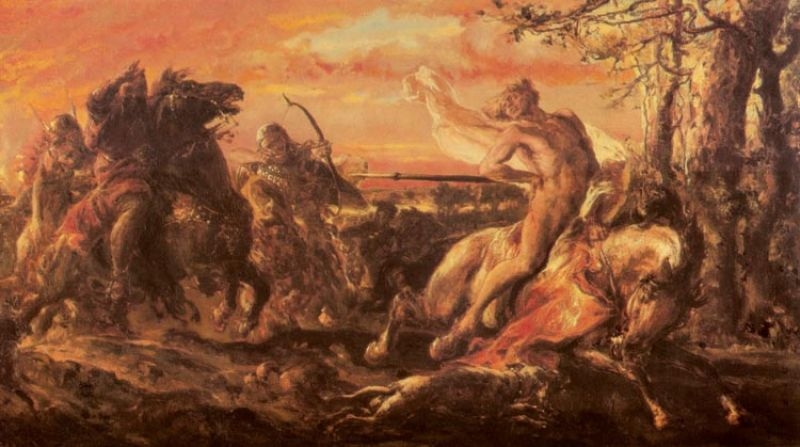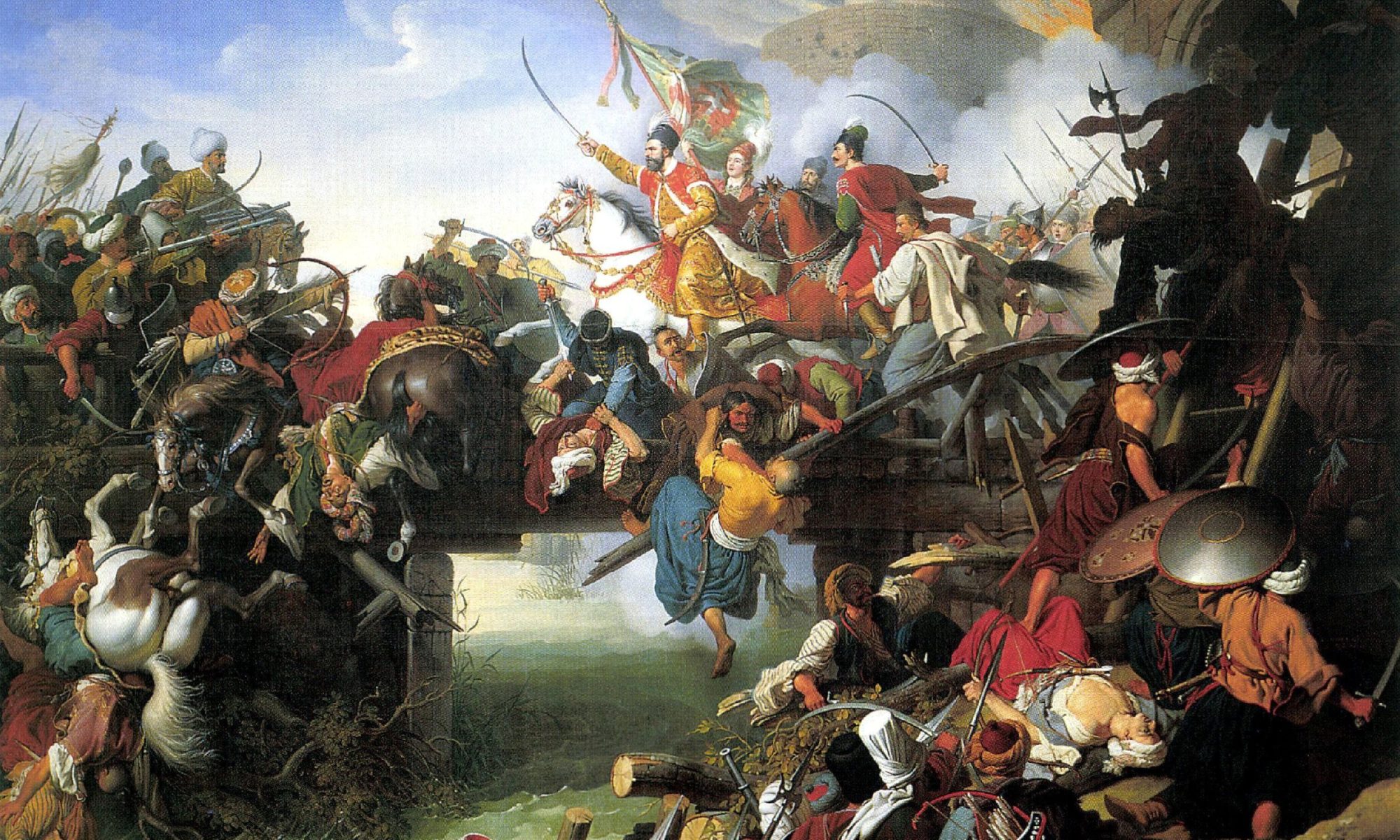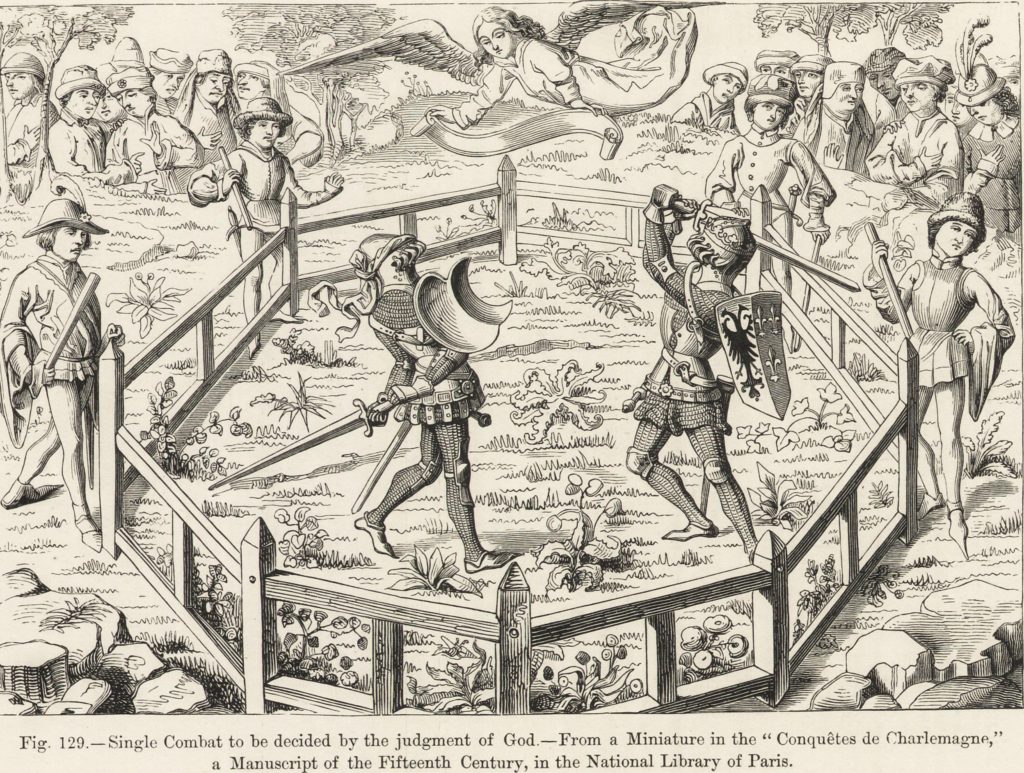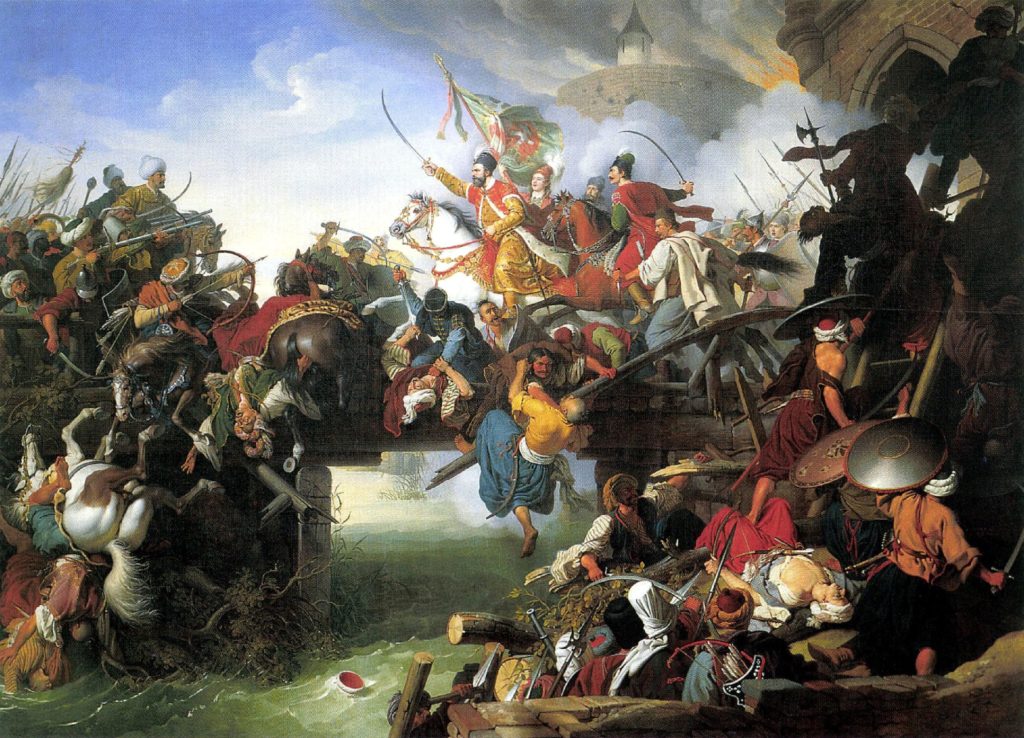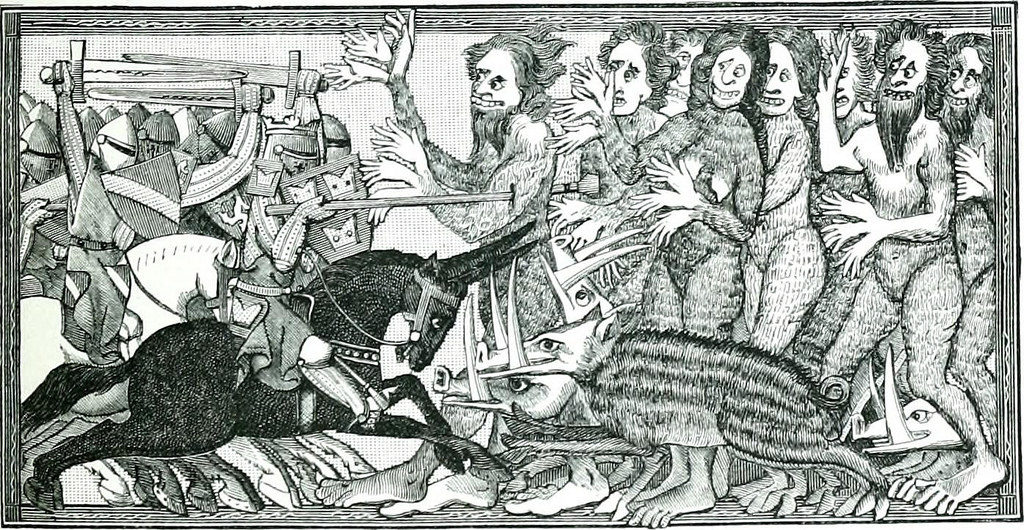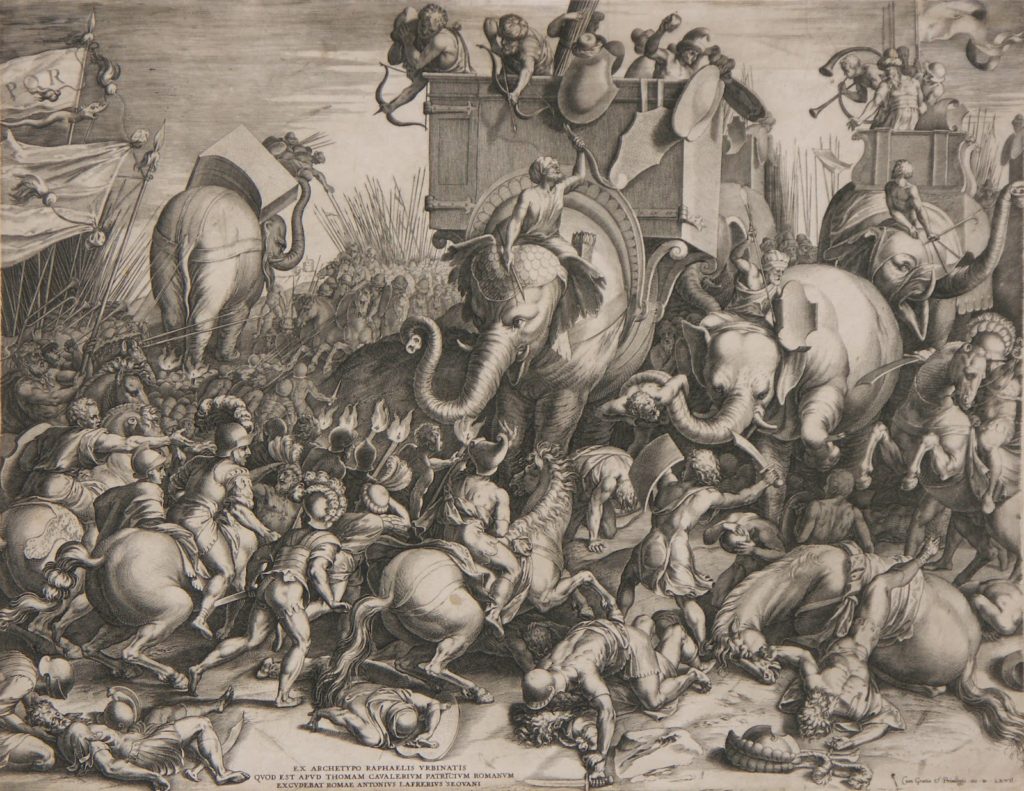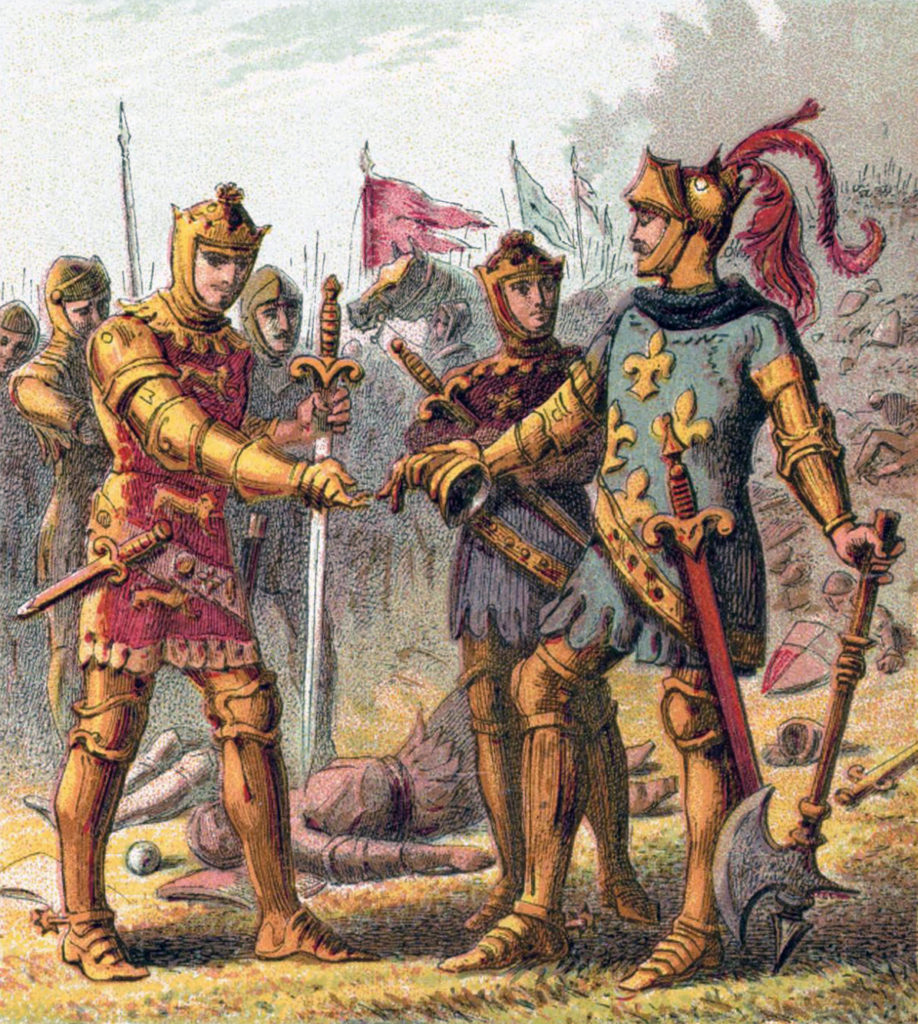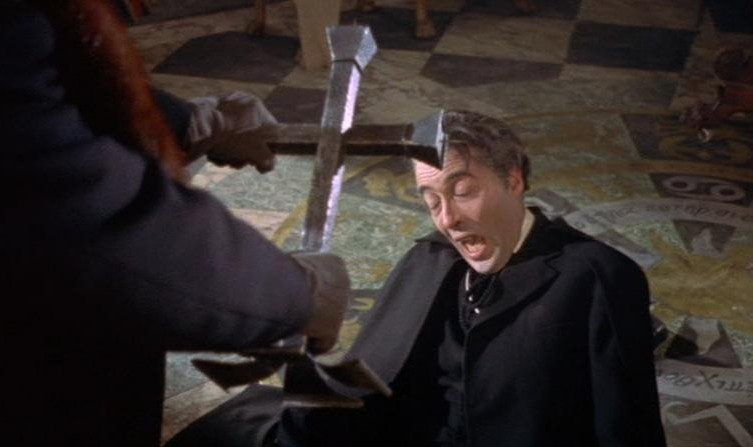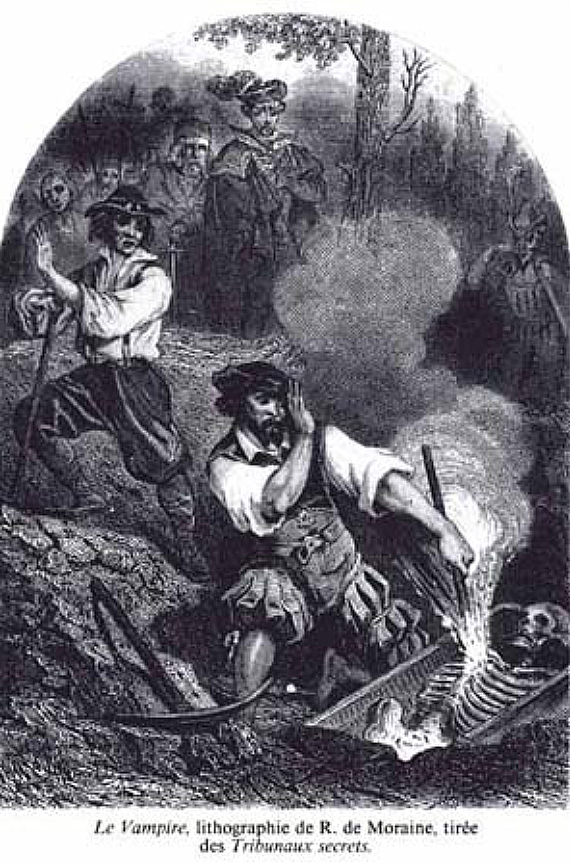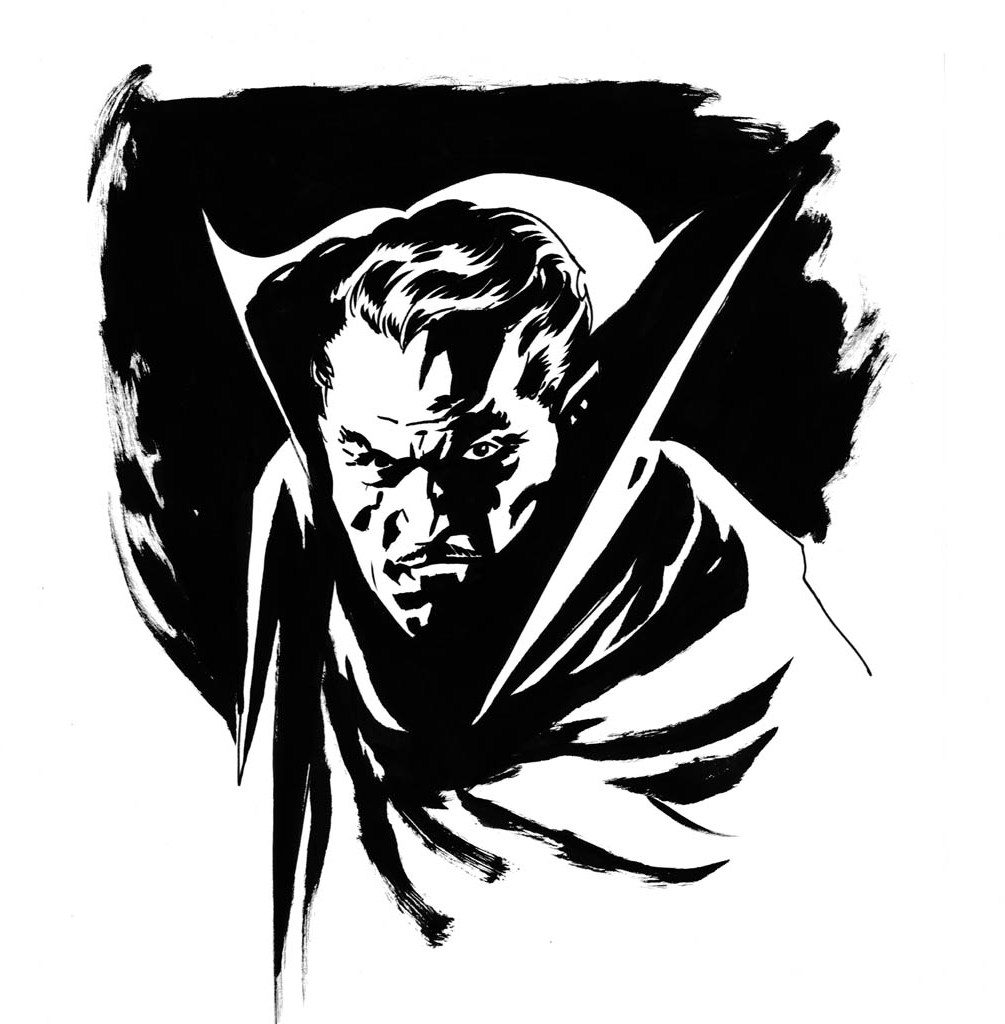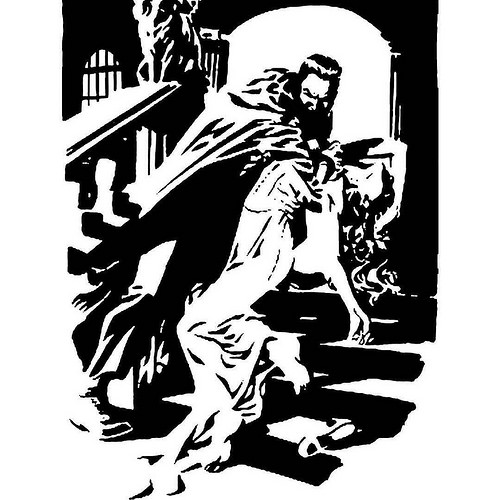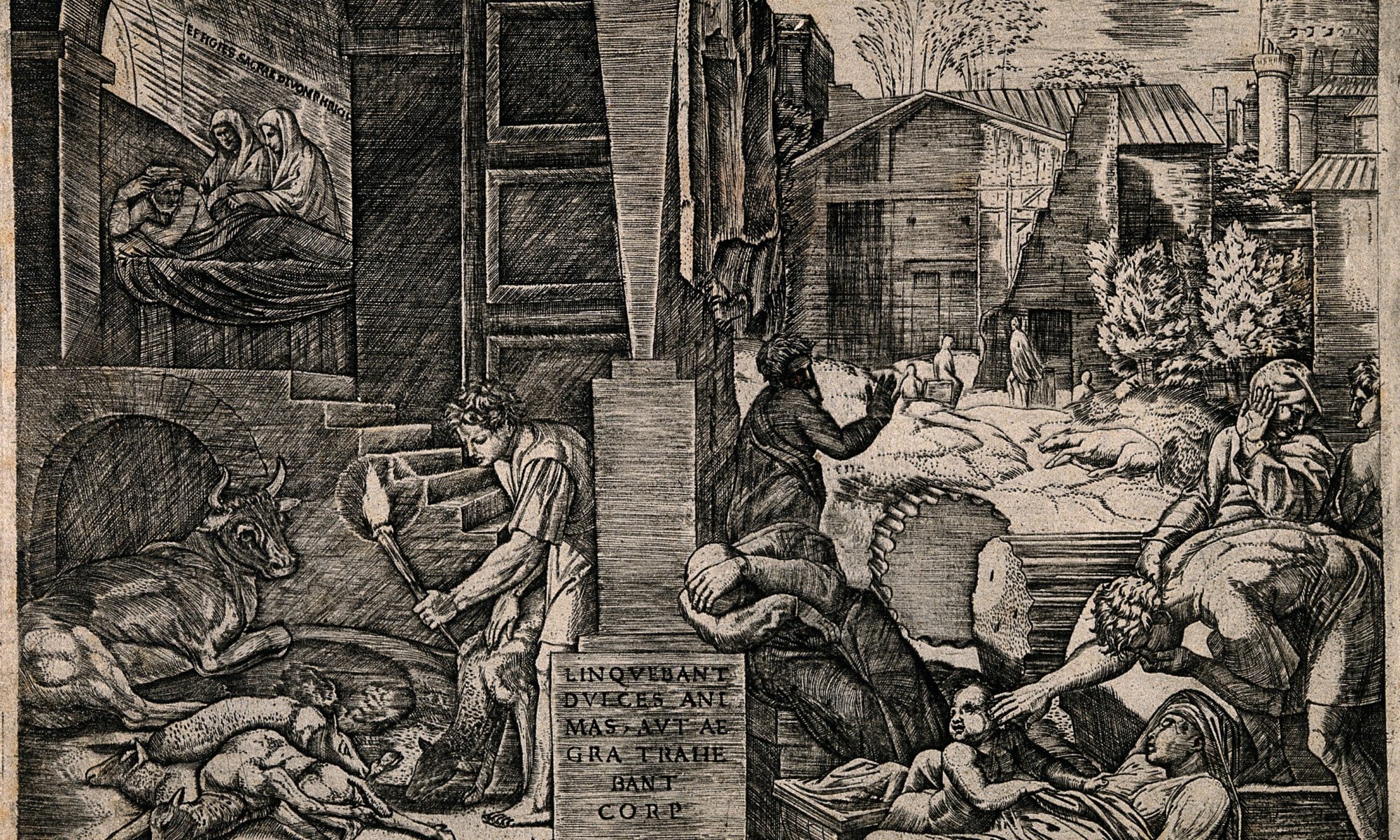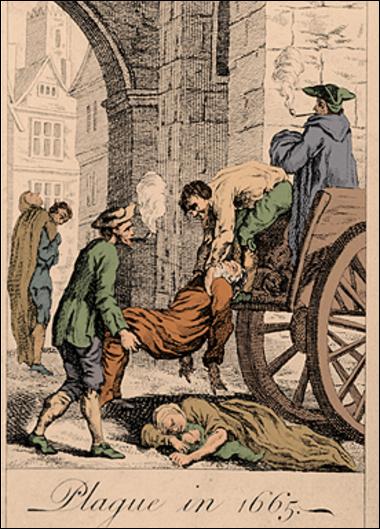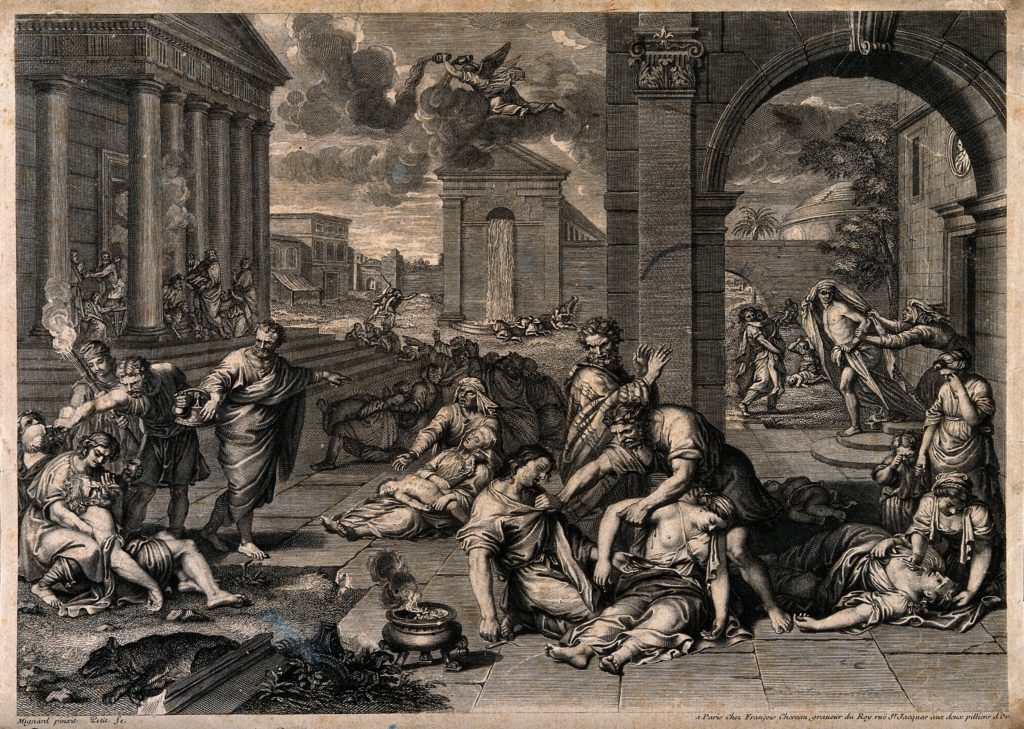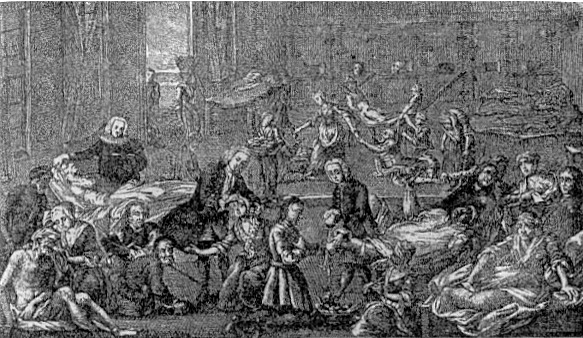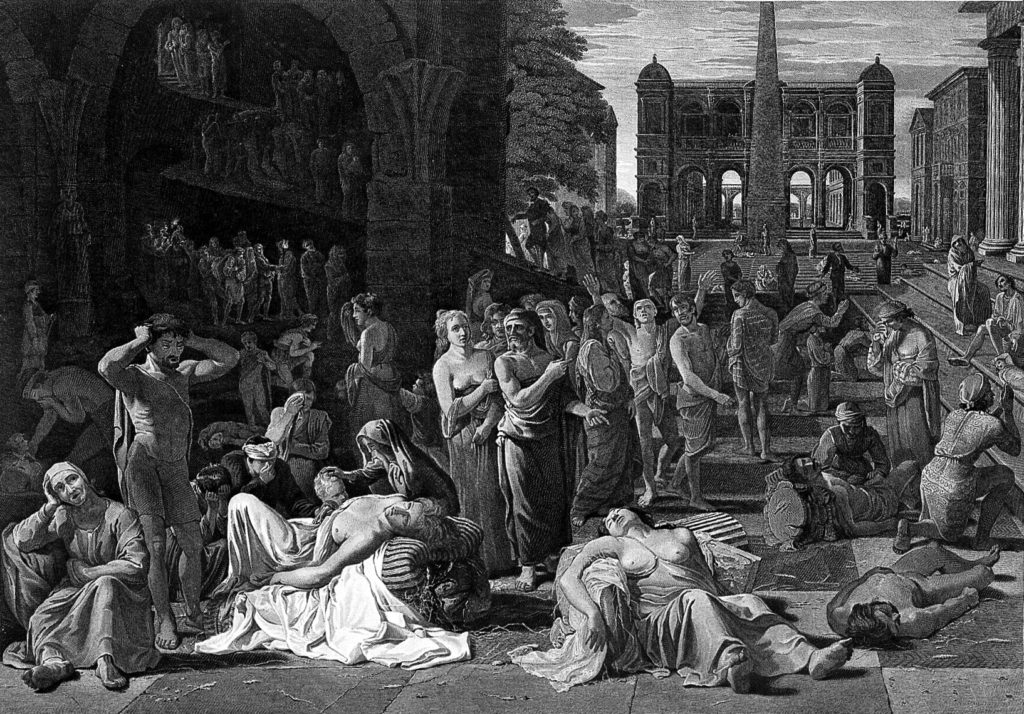Hello. Aandoran The Defiler again guest posting for my good friend Malcon. We go way back you know. Both of us are several hundred years old. Malcon invited me here to talk to you about artifacts. In my first article we talked a great deal about them in general. Now I want to discuss some specific items that beg for artifacts to be designed around them.
The first great source that I want to talk to you about is a great place to find inspiration on new objects that no one else has yet defined. Once you see this in action you can go and scour all the books that you own for the edition of Dungeons and Dragons that you are currently playing.
This great source it the 1st Edition Monster Manual. What? You say….Yes. The 1st Edition Monster Manual is an incredible source of potential items to use in your campaign. Not the monsters themselves. The pictures in the manual. Other editions Monster Manuals, Fiend Folios, Monstrous Compendiums, etc….. are also likely to be quite helpful in this cause.
For starters let’s talk about some close friends of mine. Arch Devils. These gentlemen have lots of potential for your campaigns.
Dispater
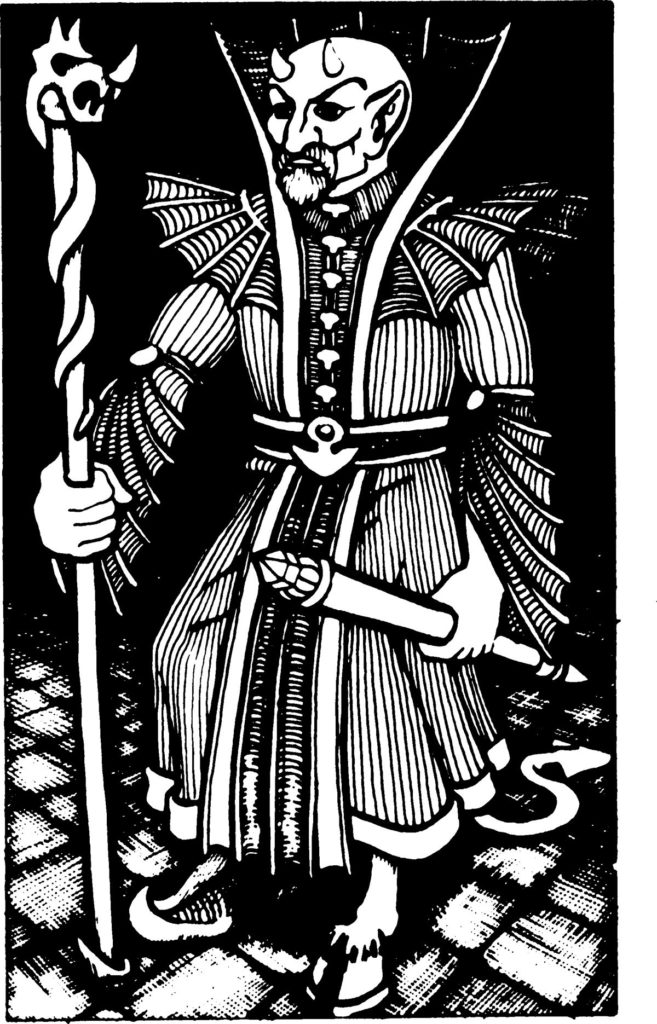
See the image above? That is the Arch Devil Dispater. He is holding two items which could easily be potential artifacts. Artifacts in Dungeons and Dragons are often items owned or used by gods, deities and legendary heroes. They are also, however, items owned or used by legendary villains. In some places in the 1E monster manual these items are even discussed. Granted. They are not detailed in depth. For some of these items you can find other later sources which may discuss the item in more depth. Or you can just develop your own version.
Dispater is holding a staff and a rod. There is a very short little paragraph at the end of the description of him on page 22 of the Monster manual that tells you that the rod has the powers of a rod of rulership and that he has a double strength staff of striking. That is all it says about these two potential artifacts. From the picture alone you can see that the rod he carries has a large diamond at the tip of it. The rod must be very valuable even discounting it’s magical properties. The staff has a nice little dragon head at the tip of it. Is it just a staff of striking? Or does it have far more dangerous properties?
And are these his only artifacts? He has an elaborate robe he wears. Does it have powers? I suspect that it would. And notice his left foot? Dispater has one cloven hoof where a foot would be for a human. It is his left foot only. His other is a human foot. Does it have a horseshoe or something on it? Wouldn’t that have magical properties?
Anyone gaining possession of any of his precious items is going to have one pissed off Arch Devil mad at them right? That is one major drawback to using an item once owned by an Arch Devil. But there are other possible drawbacks. Using these artifacts which were created for evil purposes would likely lead to the person using them slipping into evil alignment wouldn’t they?
As for powers….well you can imagine the possibilities. Arch Devils are nearly as powerful as gods in Dungeons and Dragons. Their possessions are likely to also have terrible powers. I say terrible because they are devils. They are not going to be interested in doing good things with their artifacts. Their artifacts are going to do devastating things instead. Earthquakes. Creeping Doom. Meteor swarms. That sort of thing.
Asmodeus
In 1st Edition Asmodeus was the big baddy of them all. He was the head honcho of hell. Later works seem to change that. But we won’t go there.
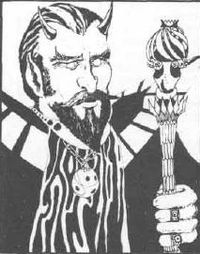
Asmodeus can be seen having several possible artifacts in this picture. He holds a rodf. He wears two rings which are visible in the picture. He wears a necklace or pendant. He wears a robe. Only the staff is discussed in the Monster Manual. Specifically on page 21 it is mentioned that this rod is worth over 1,000,000 gold pieces just due to the gem value alone. This is not counting the magical properties of it. The Monster Manual also says that Asmodeus rod is made of pure ruby. Powers mentioned for this rod include:
- It acts as a rod of absorbtion
- Causes serious wounds when touched to an opponent (cause serious wounds spell)
- It can shoot out a cone of frost on command
- It can shoot out a jet of acid on command
- It can fire a bolt of lightning equal to a dragon’s breath
The other items he shows in this portrait, however, are ripe for development. None are discussed in the book. Perhaps he might lose one of these items on his various travels through the planes. Perhaps one of your adventurers might find it. I am sure he would be grateful for it’s return. Or perhaps not.
Geryon
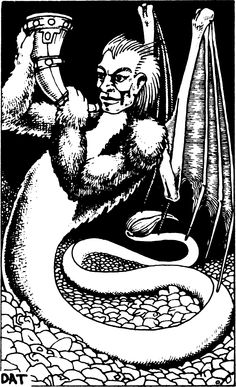
Geryon is another fine Arch Devil with an artifact shown in his picture. The horn is discussed very briefly on page 22 of the Monster Manual. All that is mentioned is that Geryon can wind this horn and summon 5-20 minotaurs. No other powers are discussed but it is kind of obvious that an Arch Devil like this will have many other powers accessible from this artifact. It is likely to be embedded with valuable gems and etched in the finest precious metals.
Baalzebul
No specific artifacts are mentioned for Baalzebul in the 1st Edition Monster Manual. But it would be unusual for the others to have such objects and a powerful Arch Devil like him not to have any. From the picture you can see that he has gauntlets on. He also has a robe. That robe is held together by a clasp. Do these things have magical properties? Are they artifacts? Quite possibly they are.
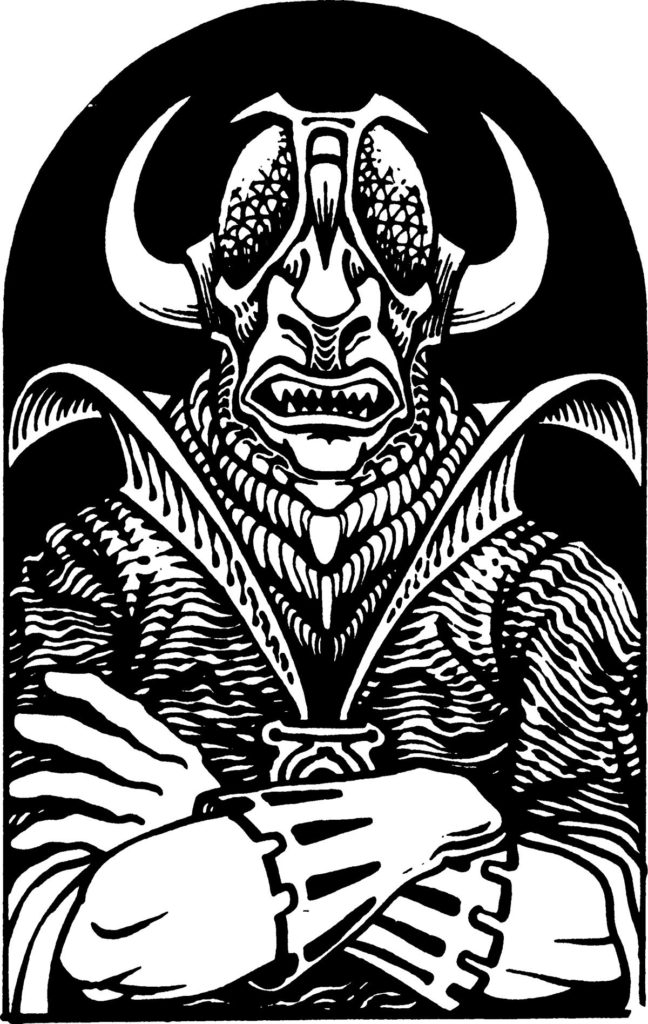
Artifacts in Dungeons and Dragons are Not Just for 1E
Other editions of Dungeons and Dragons have artifacts. Some are detailed. Many are not. Later editions were not as into demons and devils. This is partly because of all of the fruitcakes who thought that Dungeons and Dragons was just Devil worship back in the seventies and eighties. At least there are no pictures of the Arch Devils or Demon Princes in the Monster Manual. But there is no reason you cannot create versions of these items for your 5th Edition game as well.
Other Sources For Artifacts
Another great resource for finding potential artifacts is the biggest tome of Deities for 1st Edition Dungeons and Dragons. Deities & Demigods listed a number of deities available for use with 1st Edition campaigns. There are many potential artifacts mentioned in the book and there are many pictures that suggest other potential artifacts that are not mentioned.
Another great resource came from before 1st Edition. The book Gods, Demigods & Heroes was the predecessor to Deities & Demigods. And it also has descriptions of deities and possible artifacts that they might be carrying.
Another great reference is the tome written for 2nd edition regarding the deities of several races of humanoids. It is called Monster Mythology and covers deities of many of the most important humanoid races that your adventurers are likely to encounter. Many of these deities are known to have certain artifacts which are part of their lore. For example the Orc deity Gruumsh as known to have a great spear made of black iron. This spear is certainly an artifact.
For 5th Edition I have not found many good sources for information on Deities, Arch Devils and Demon Princes. At least none with pictures that you can use for inspiration for artifacts. I am sure there are some out there. I have just not found them yet. But ultimately the items I listed for the earlier editions should give you plenty of ideas for forming artifacts to use in your campaigns.


